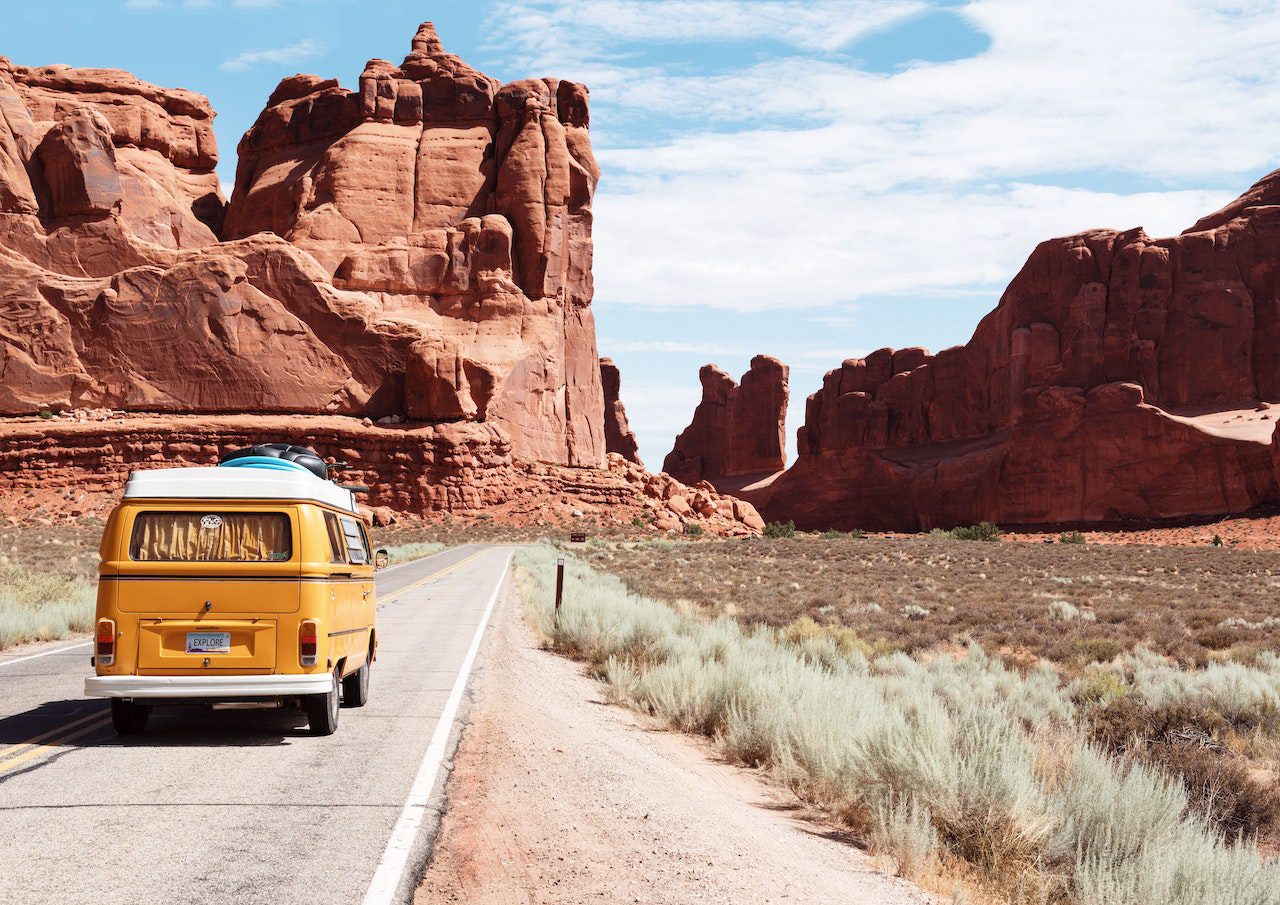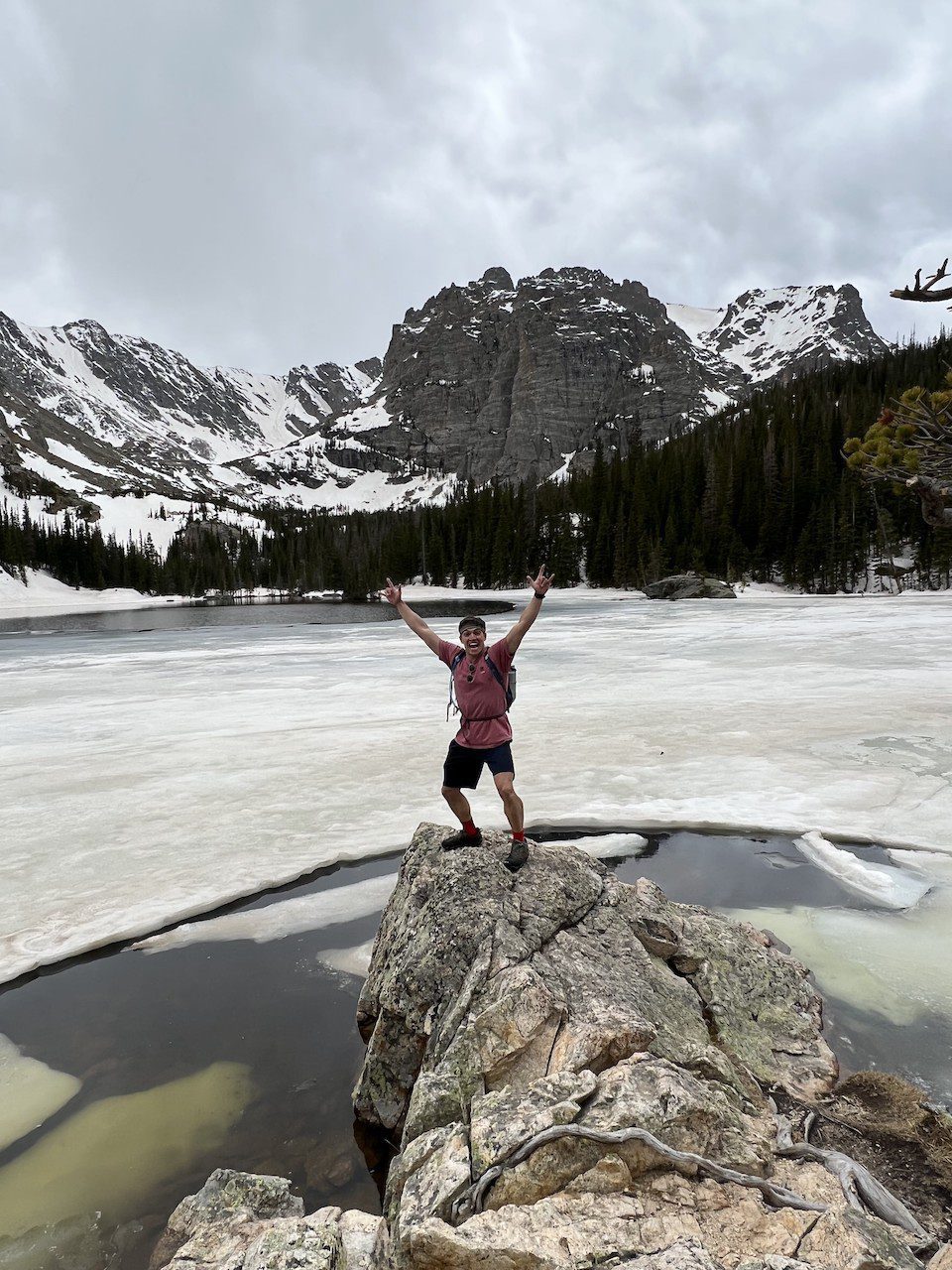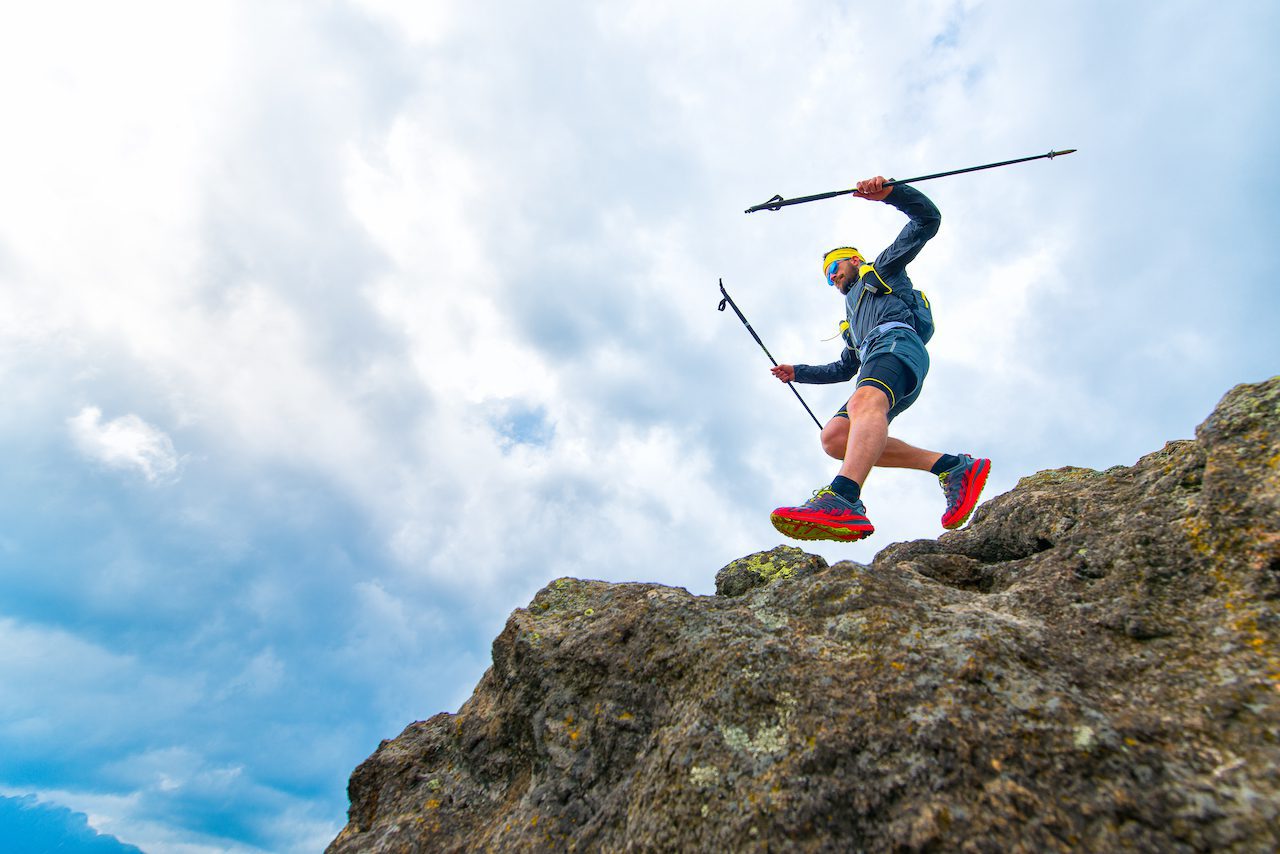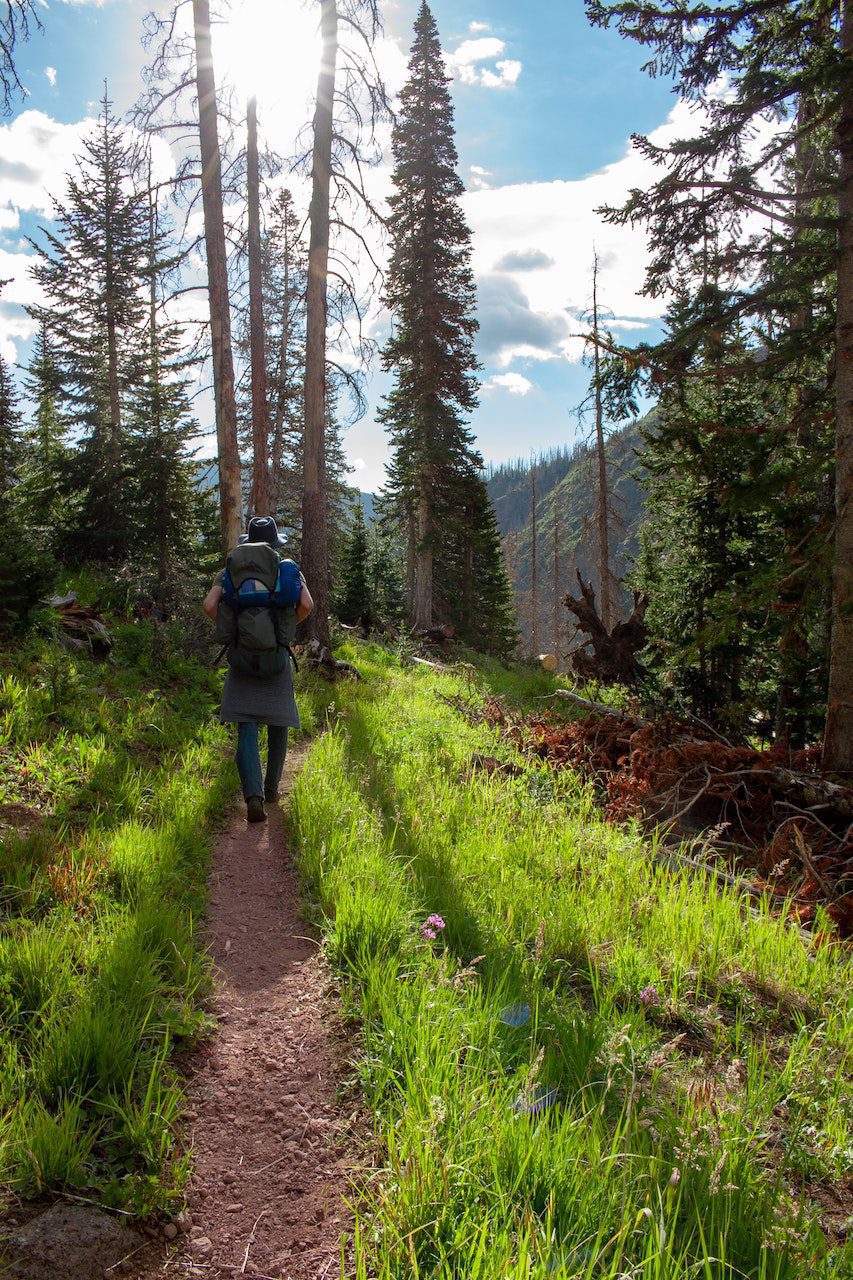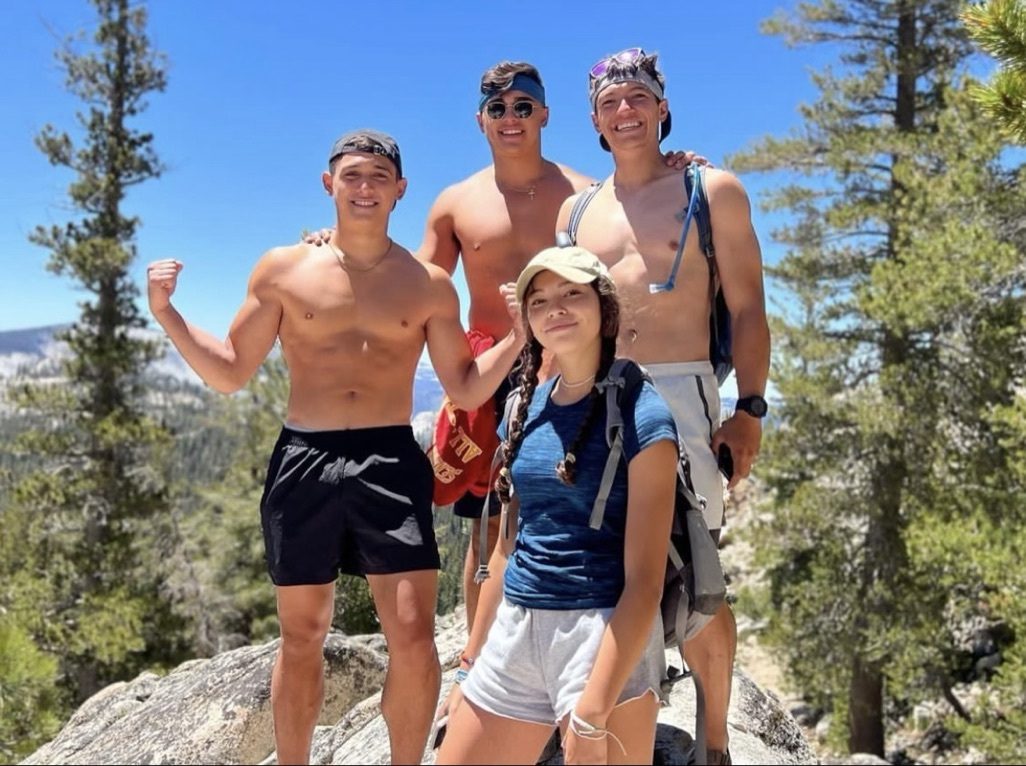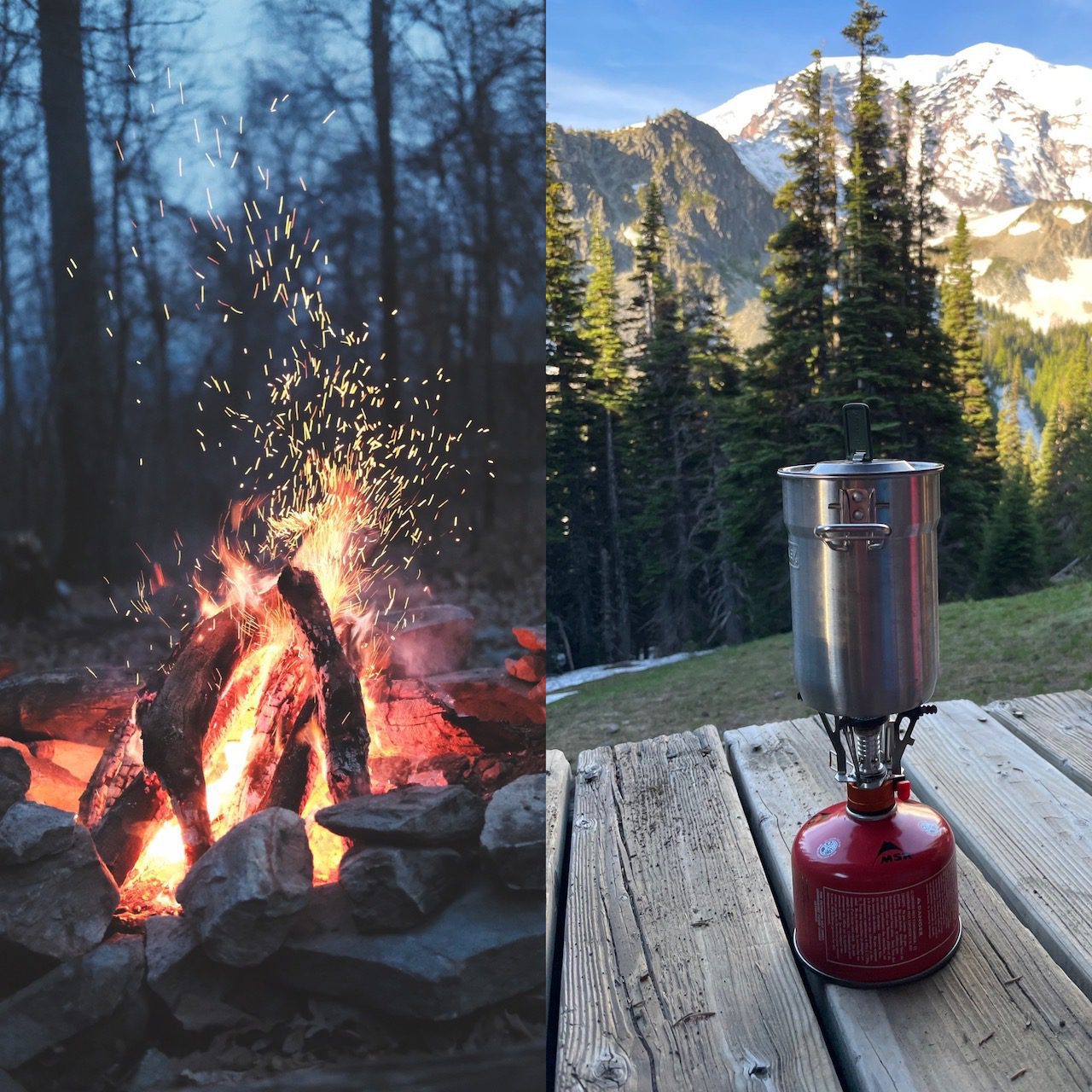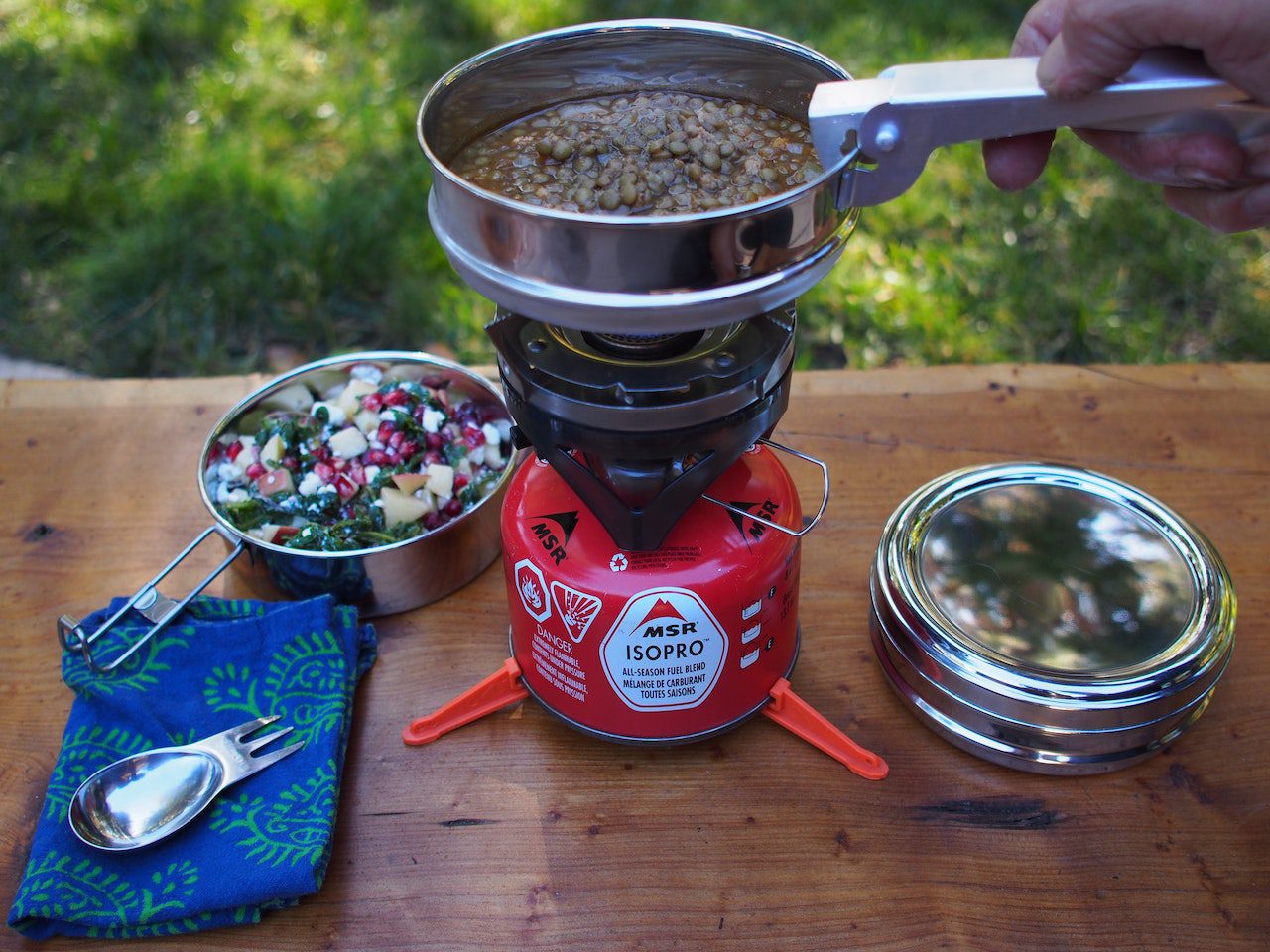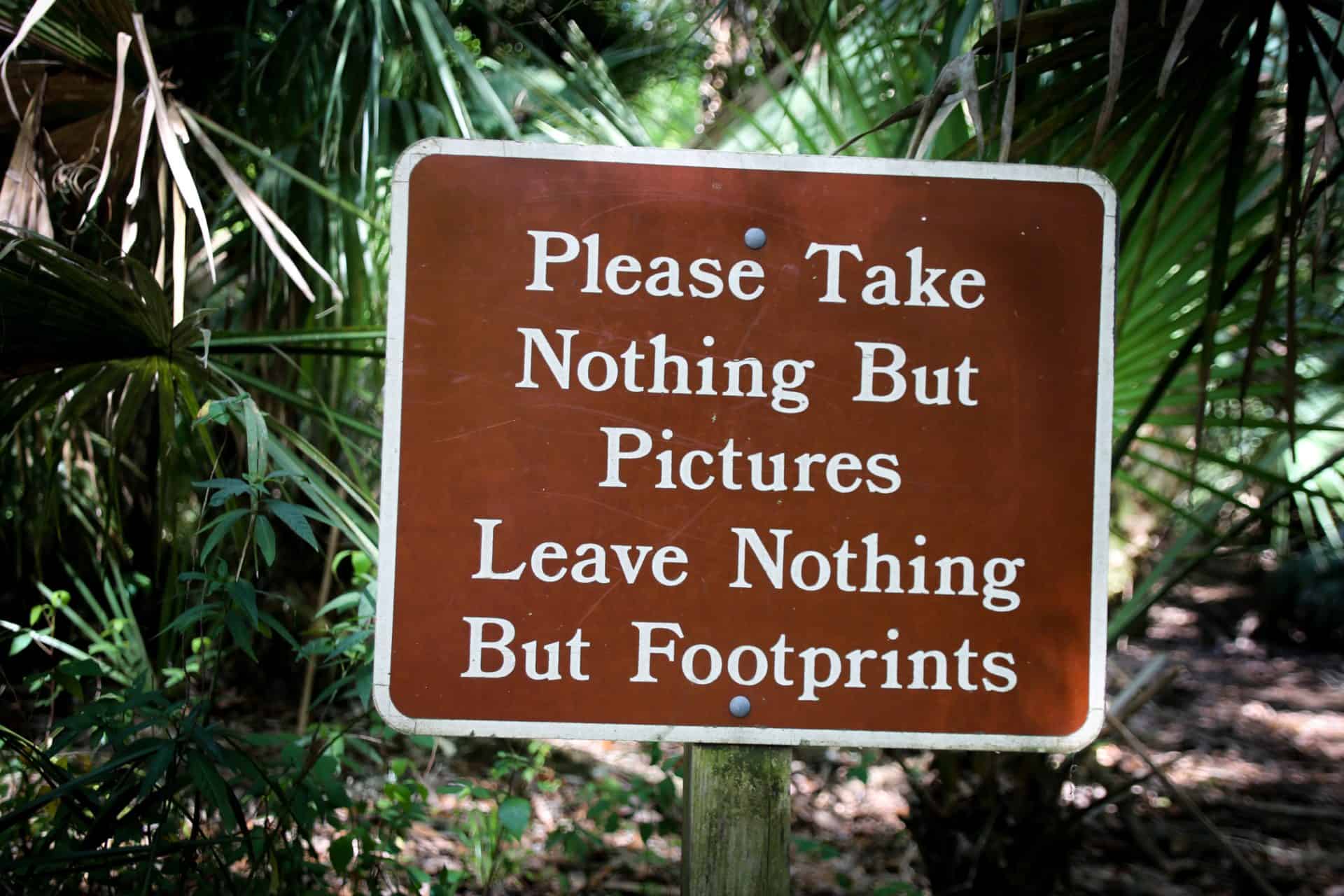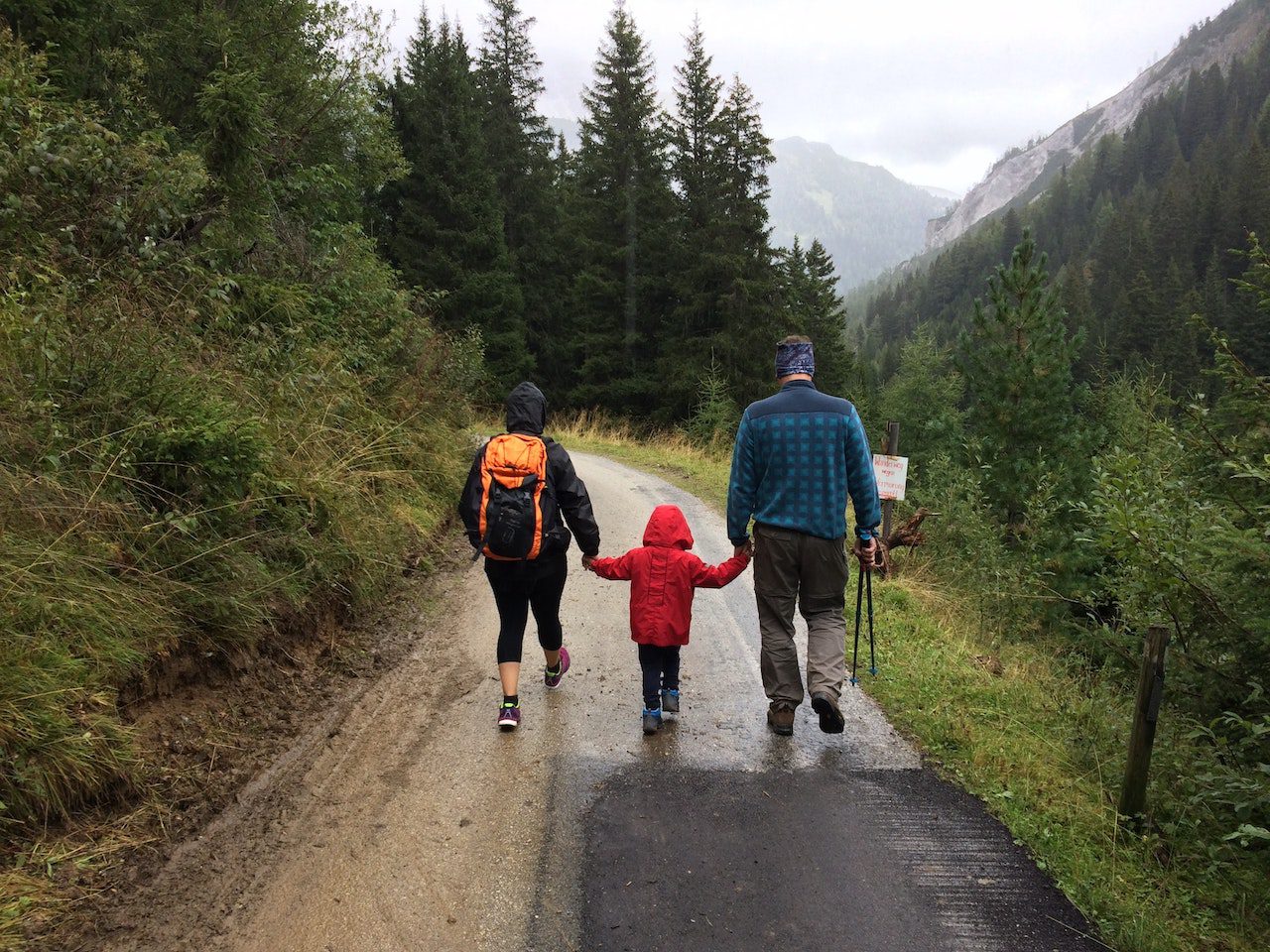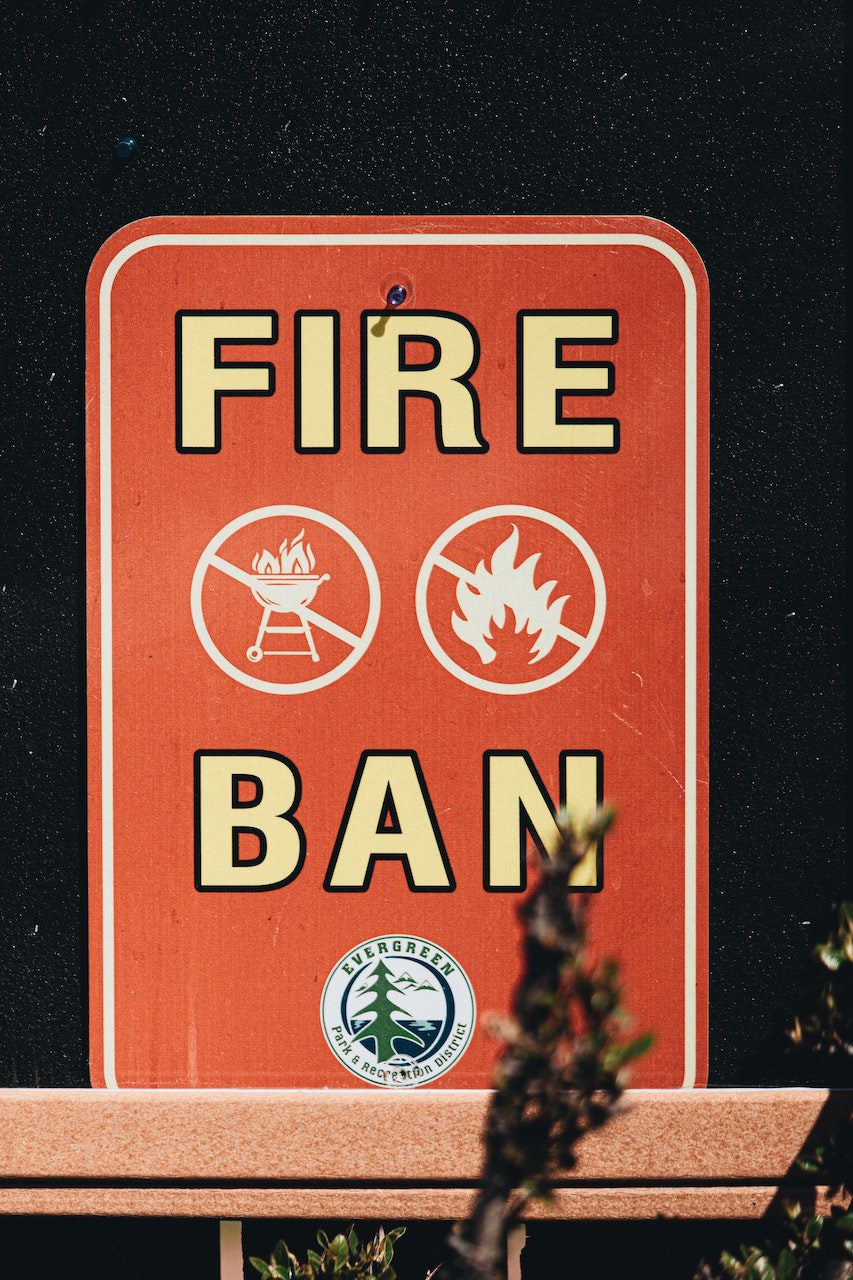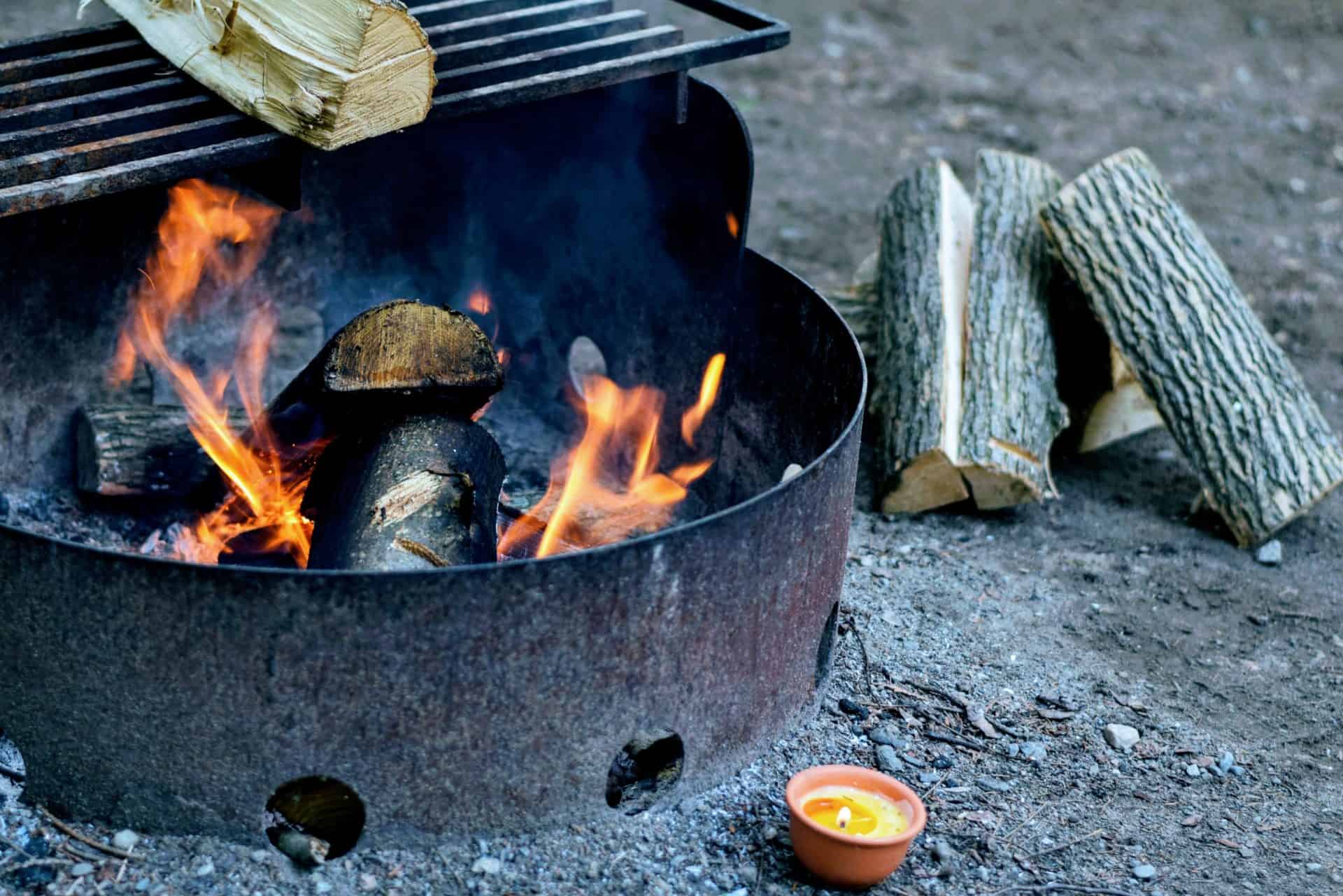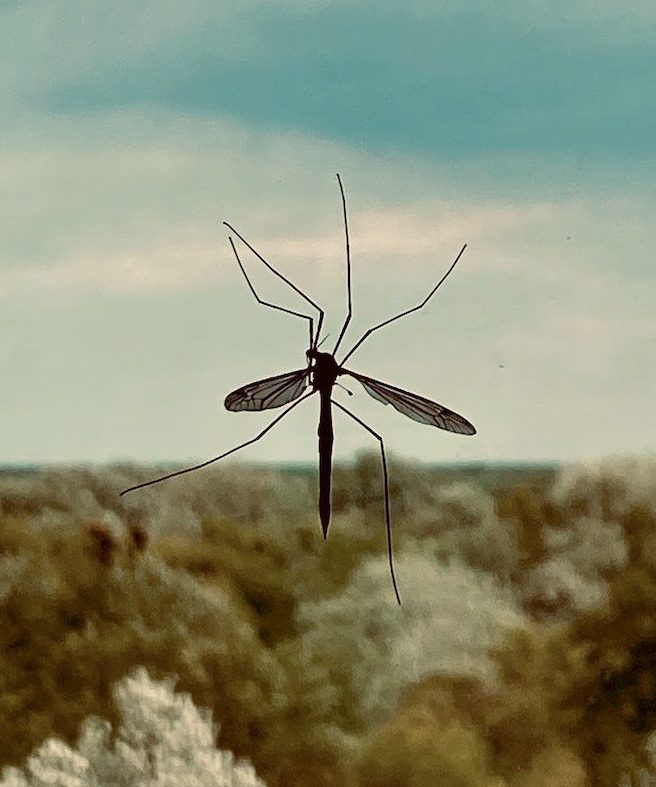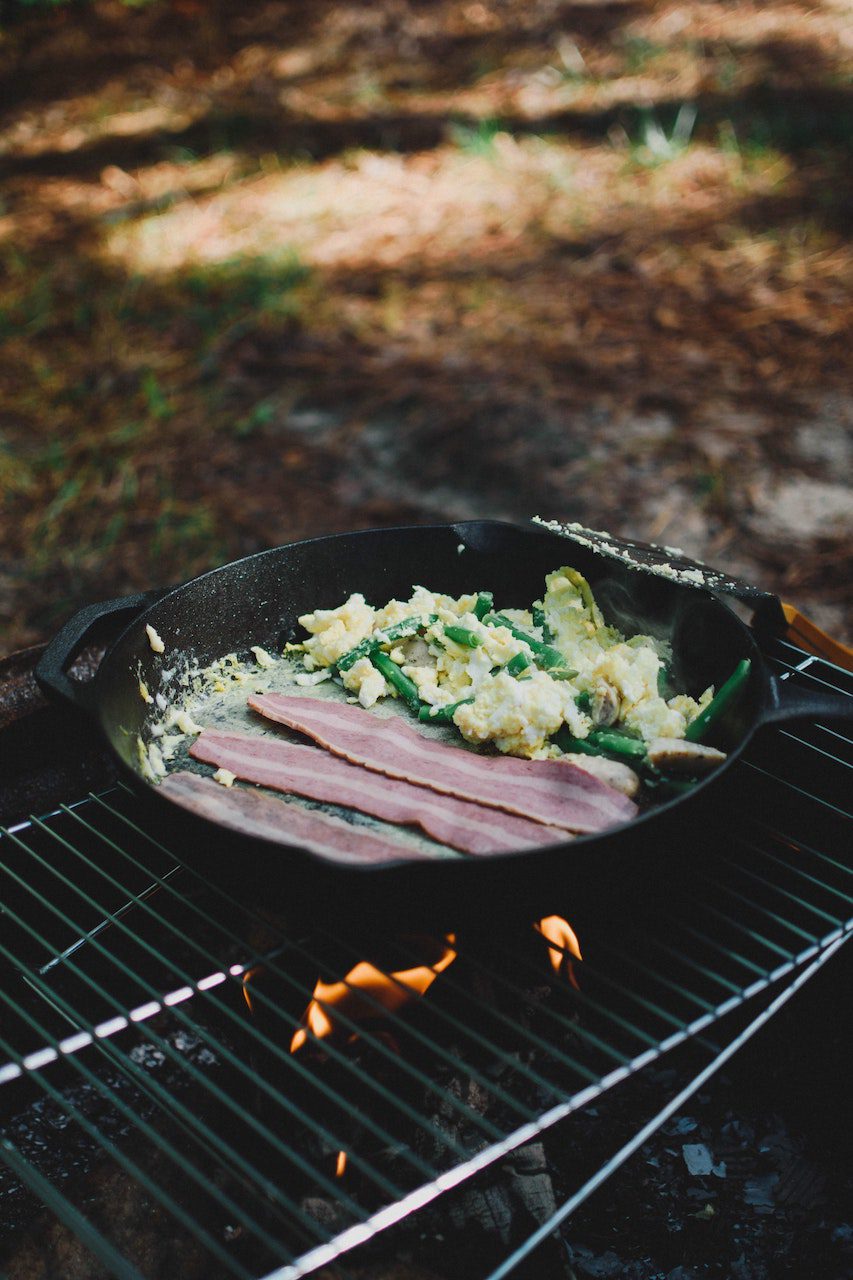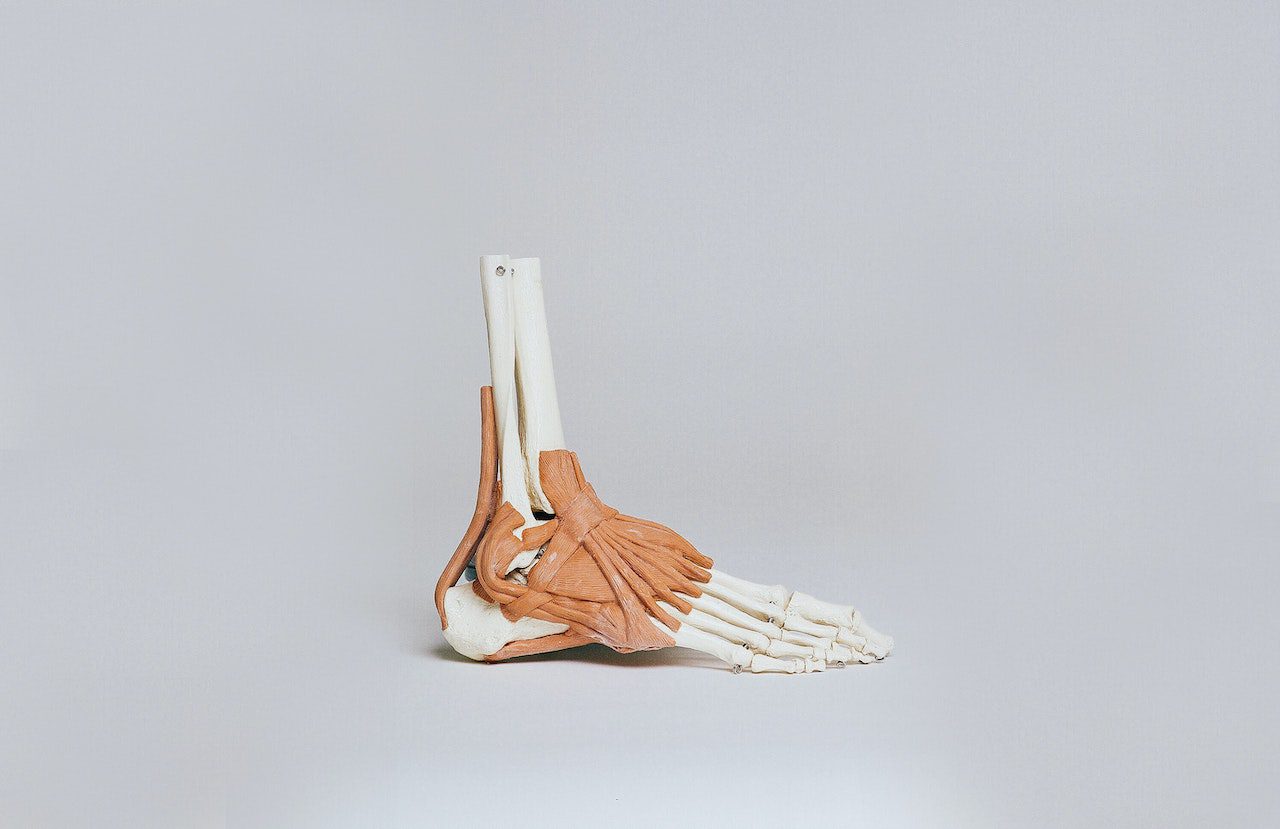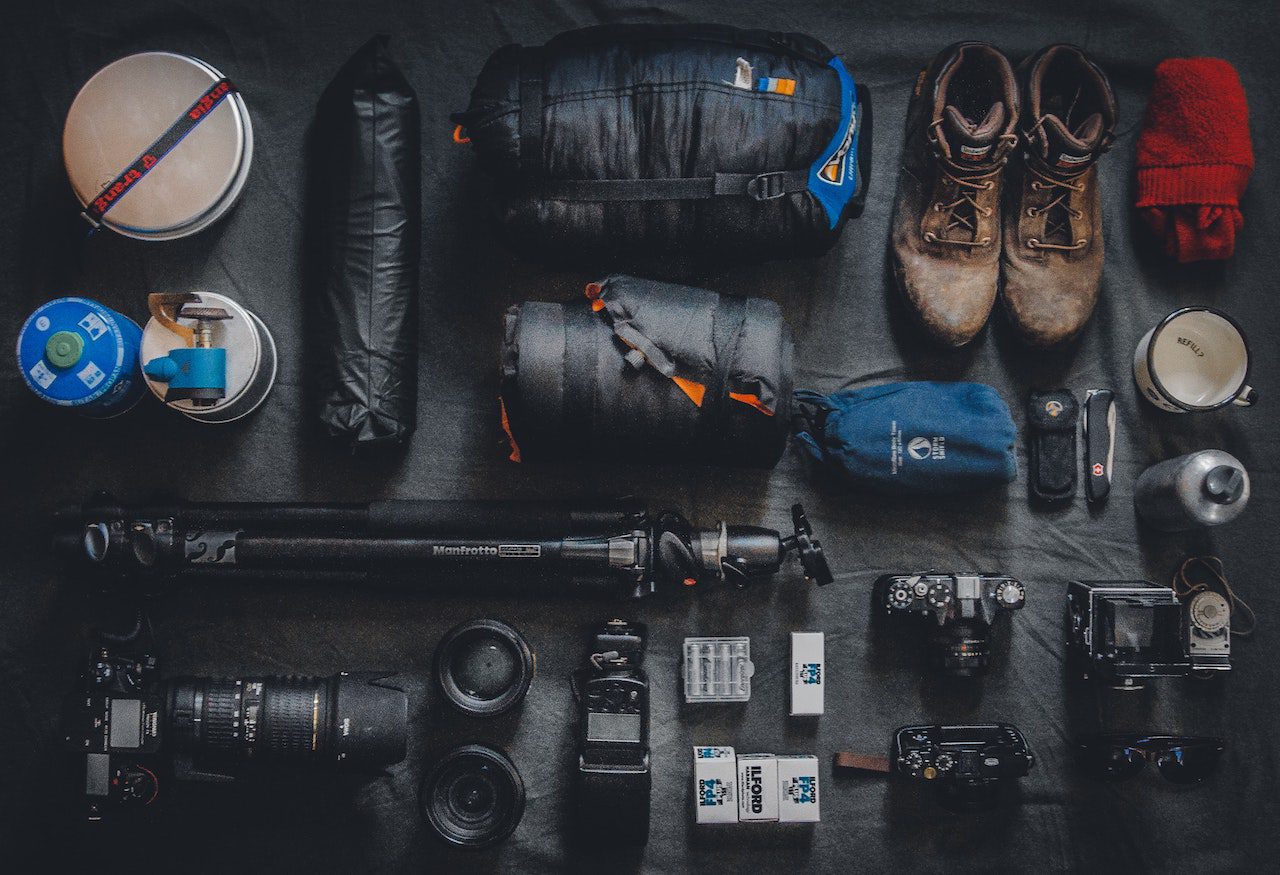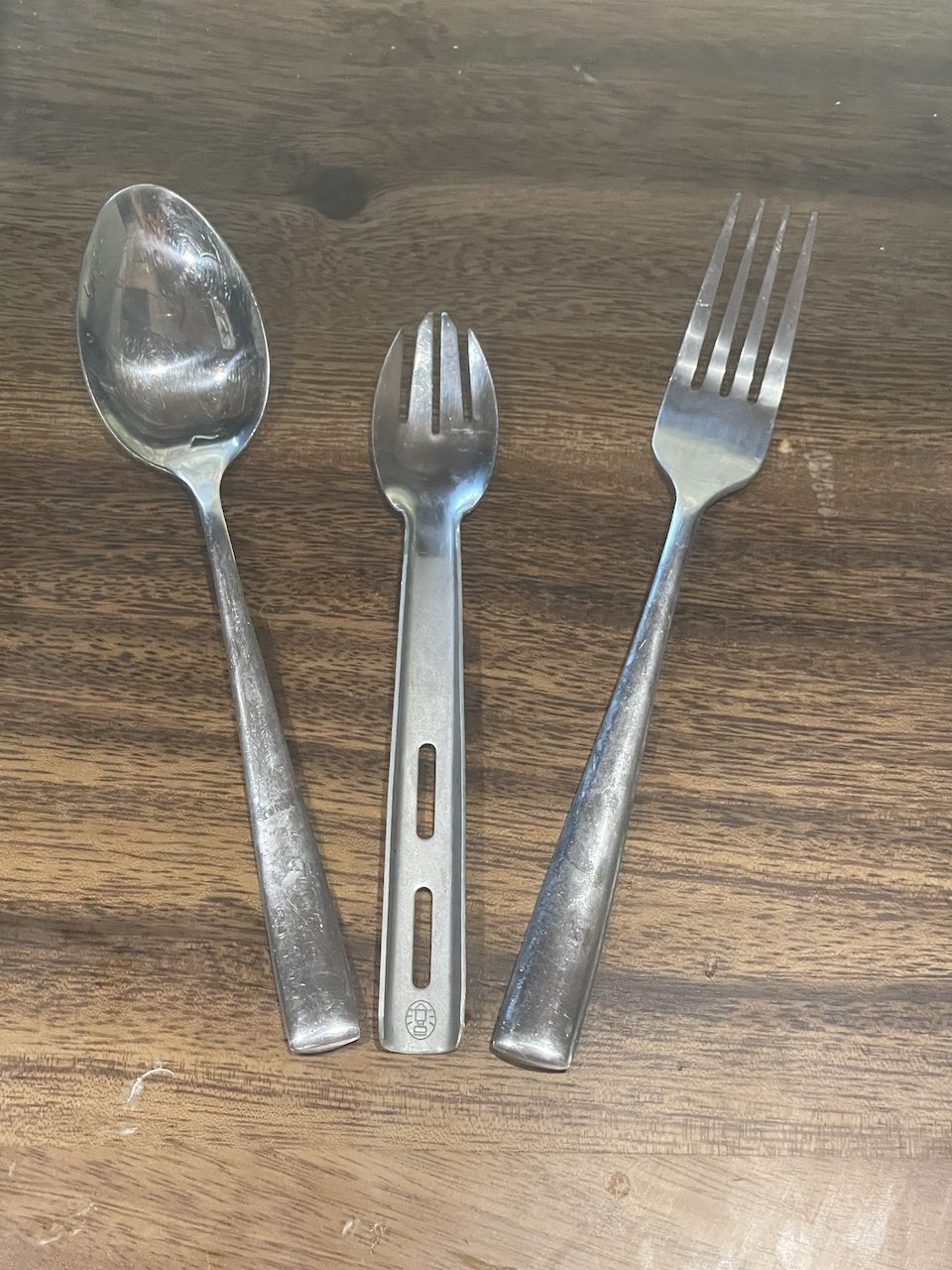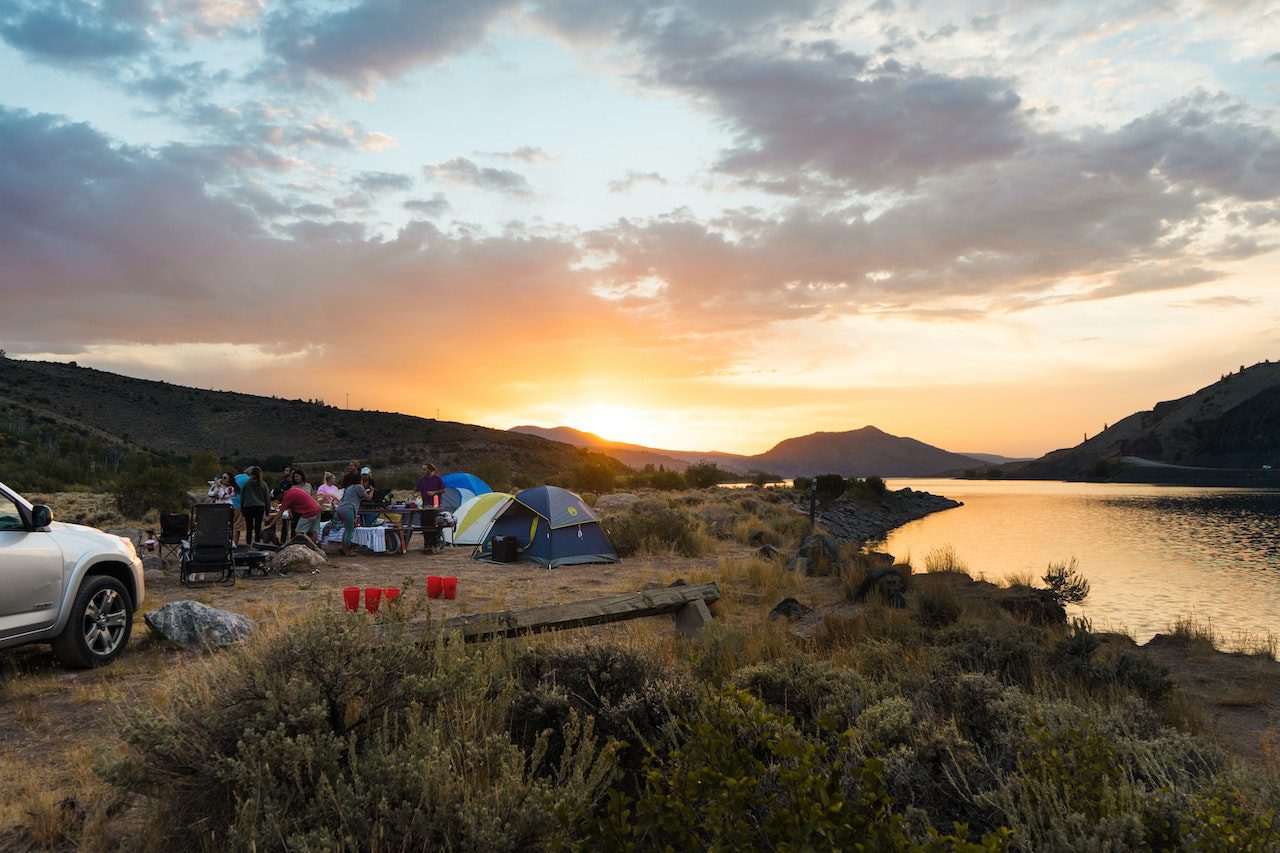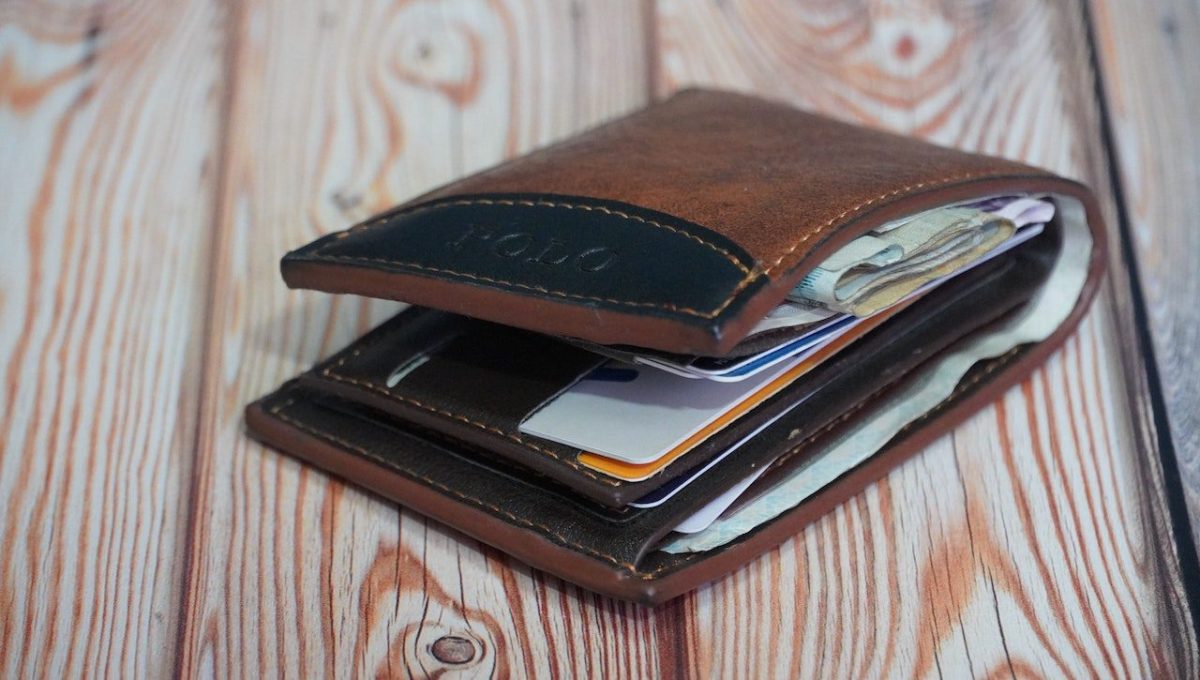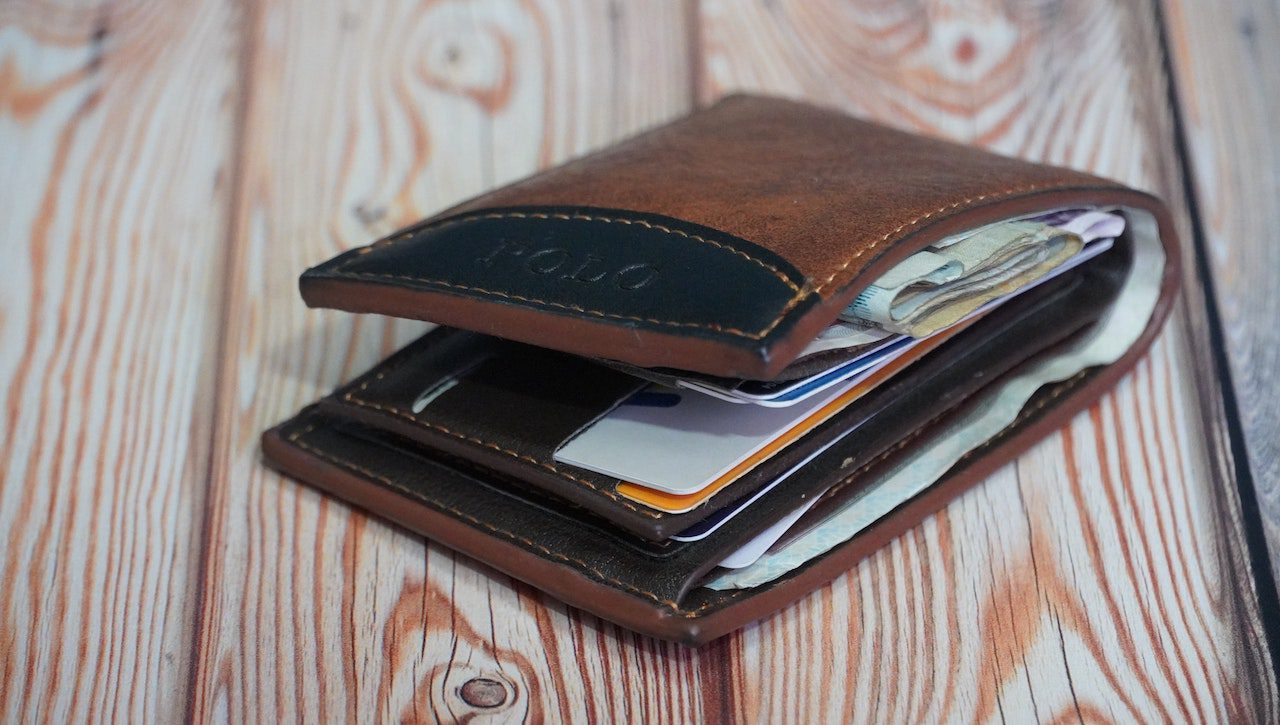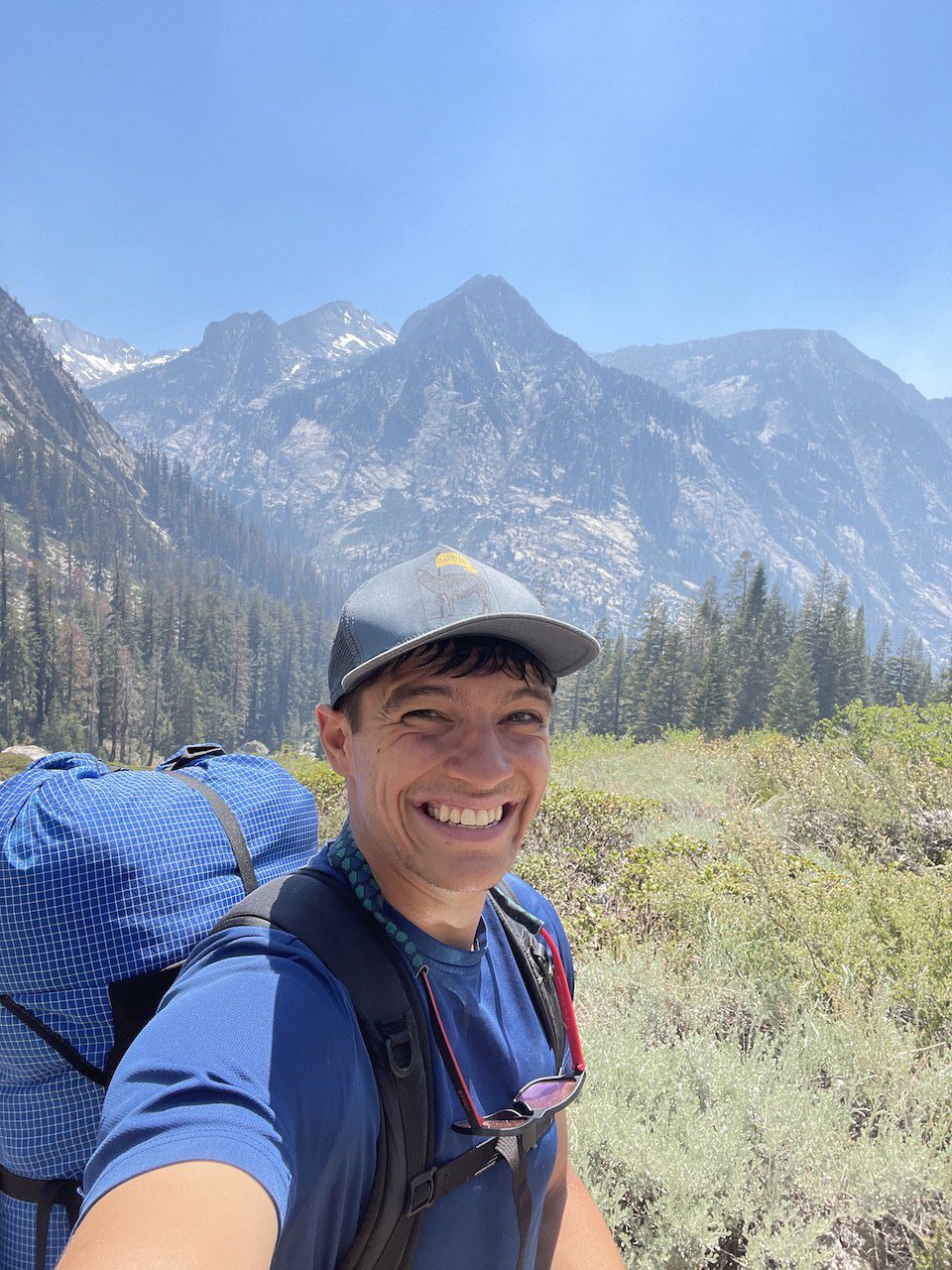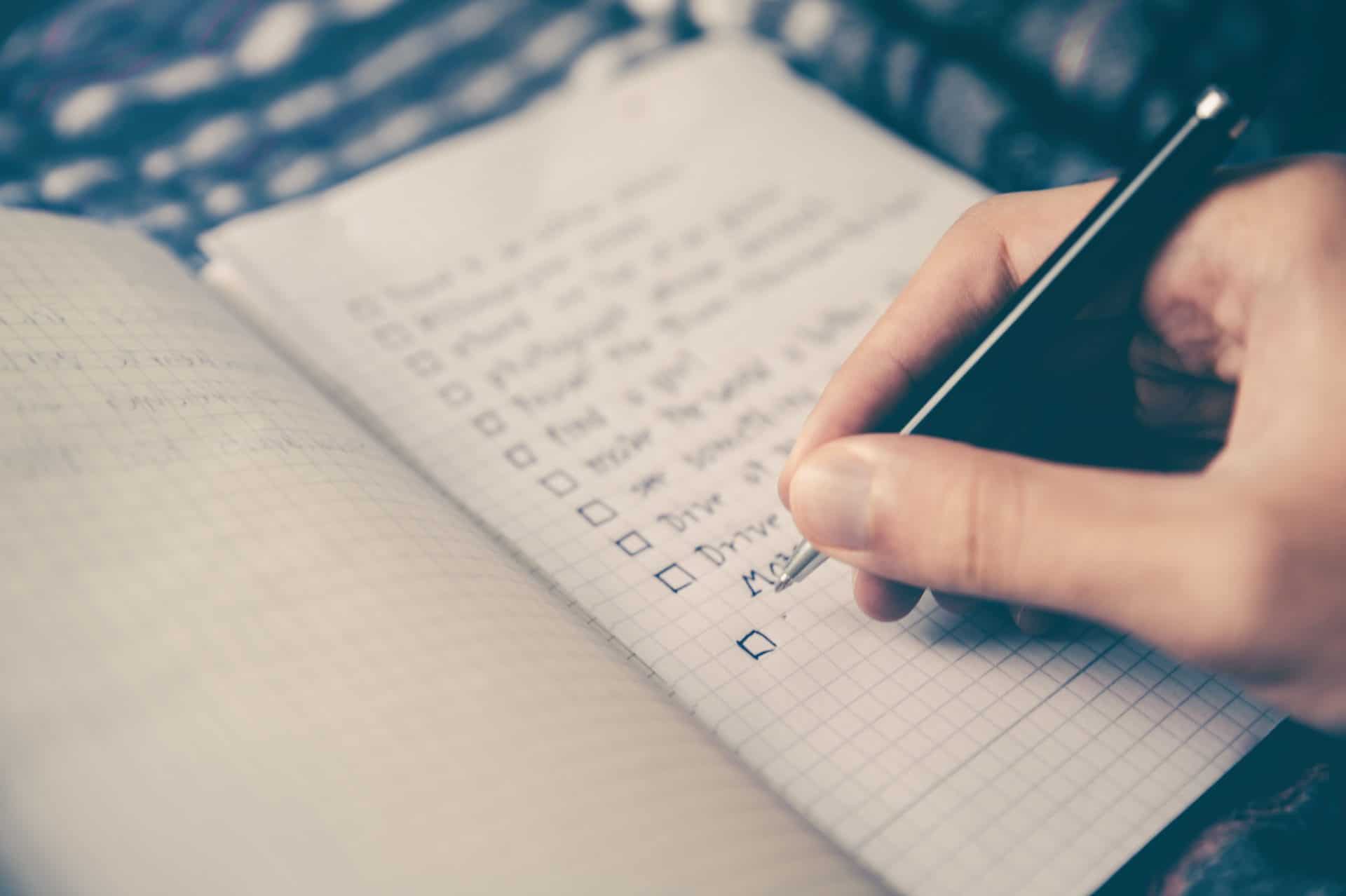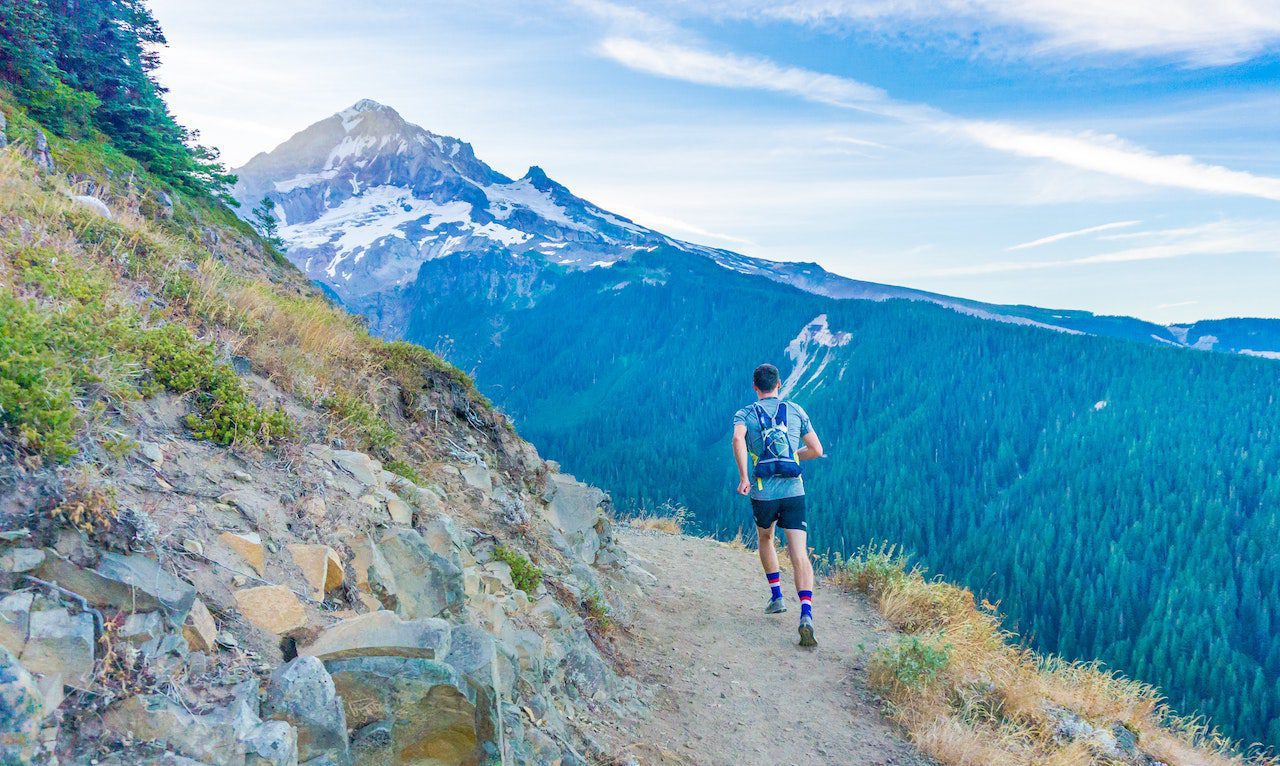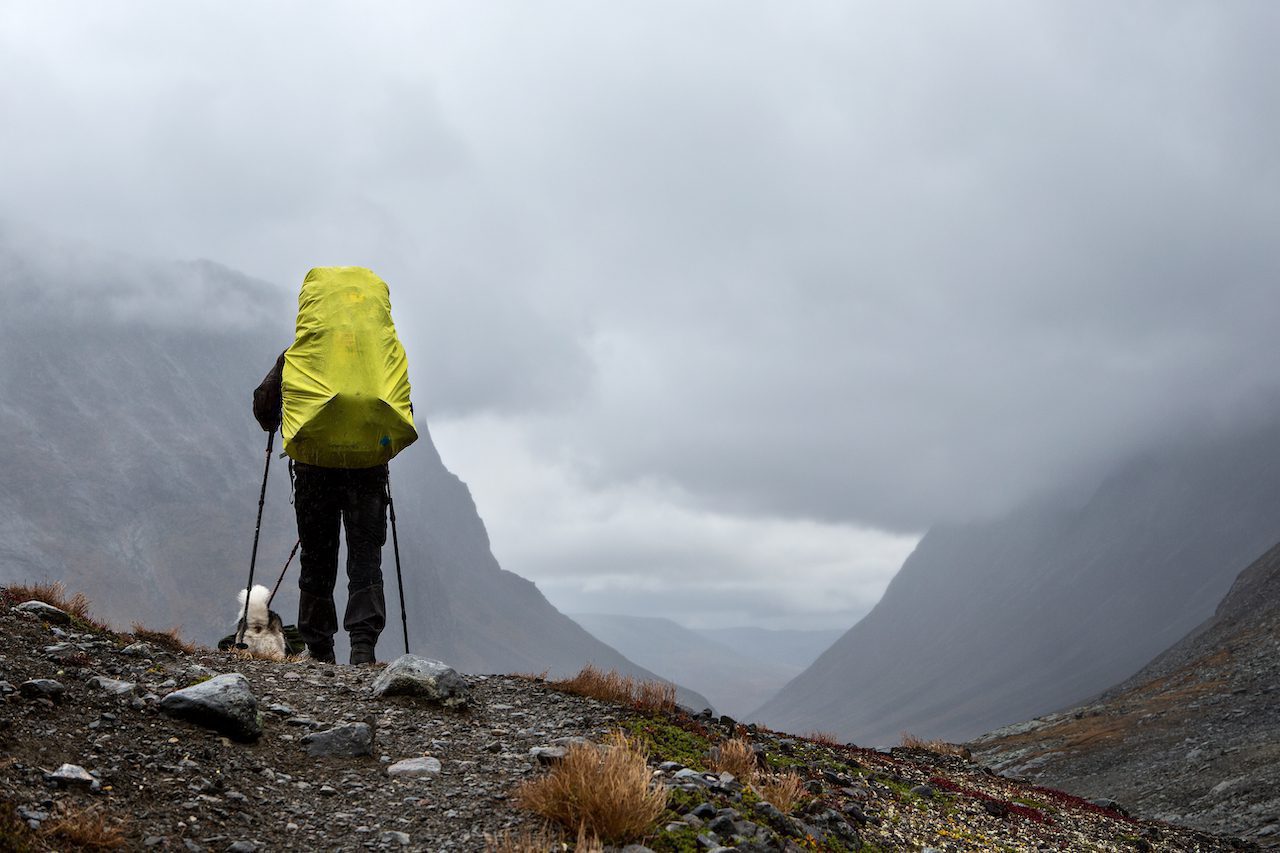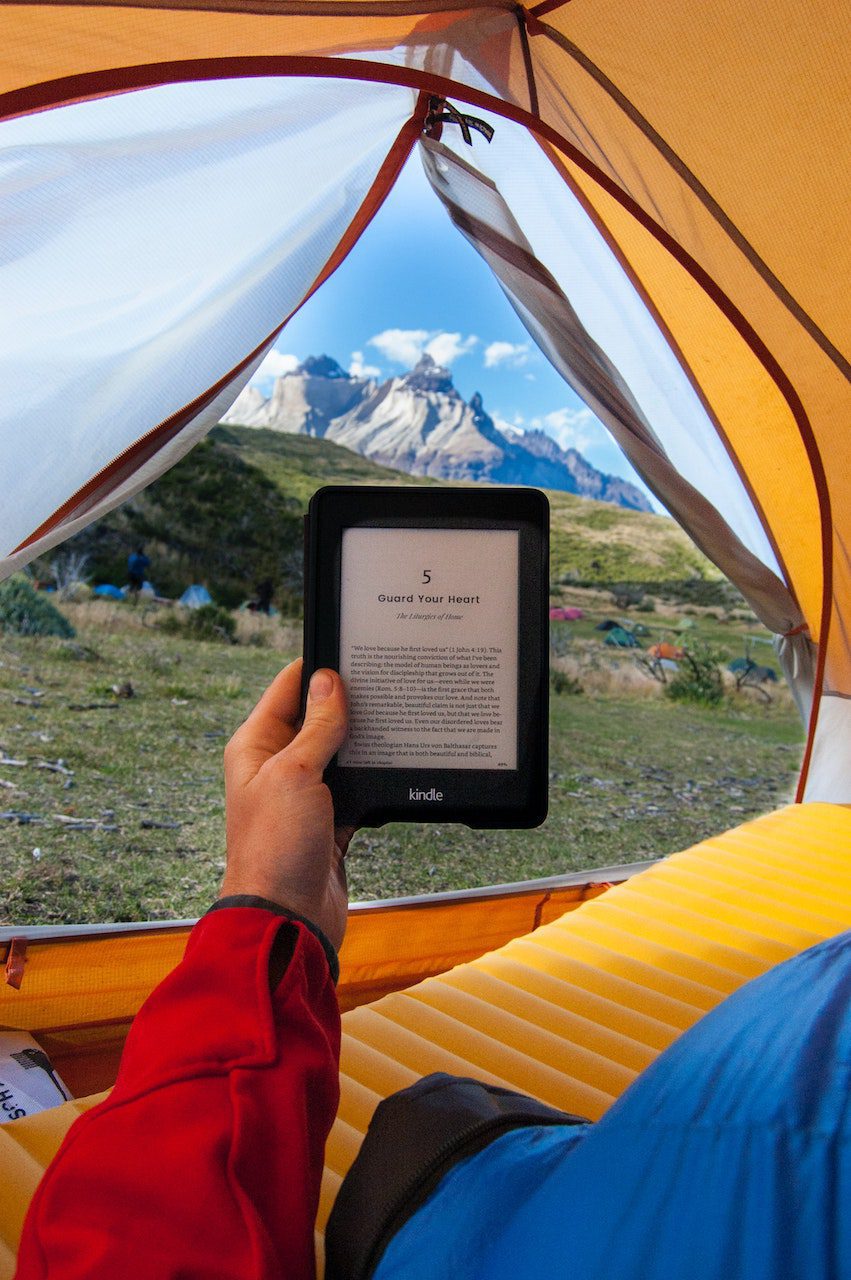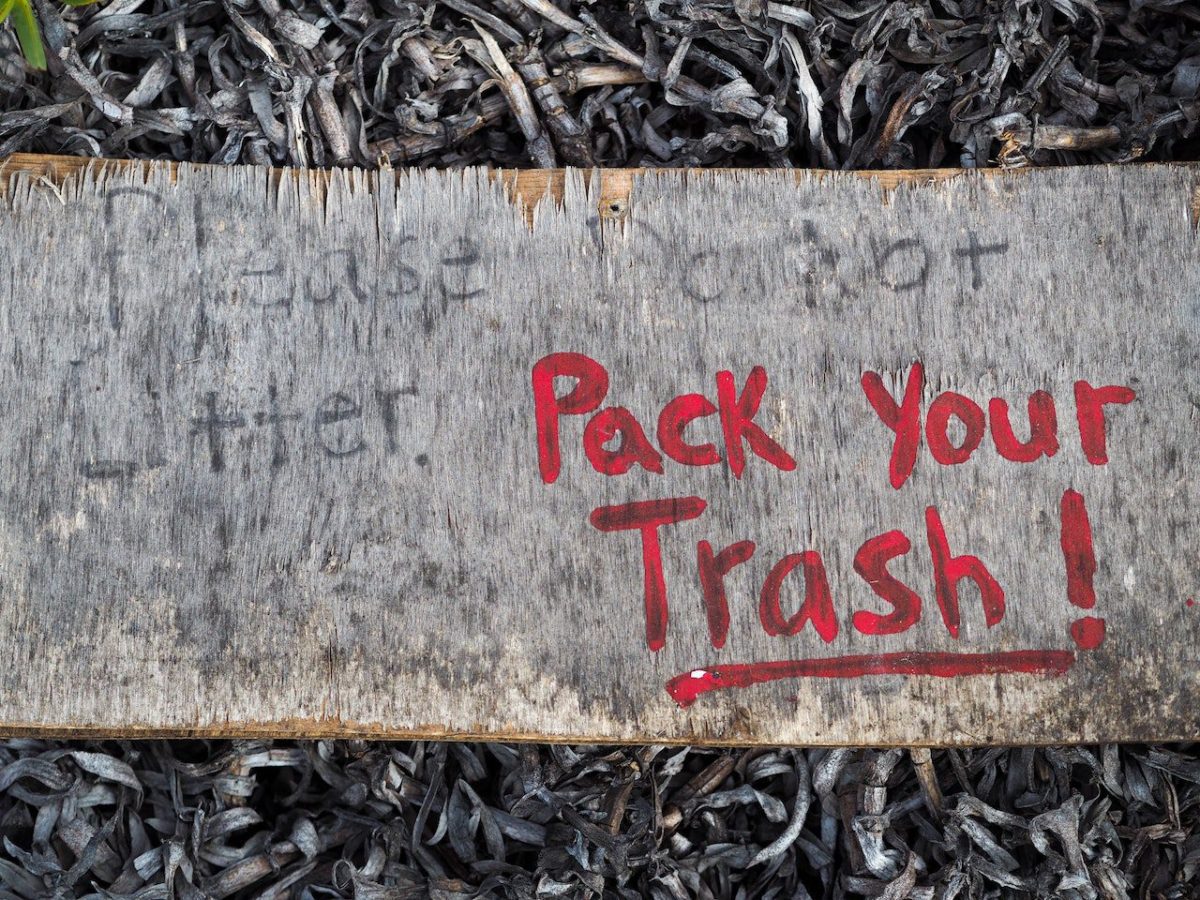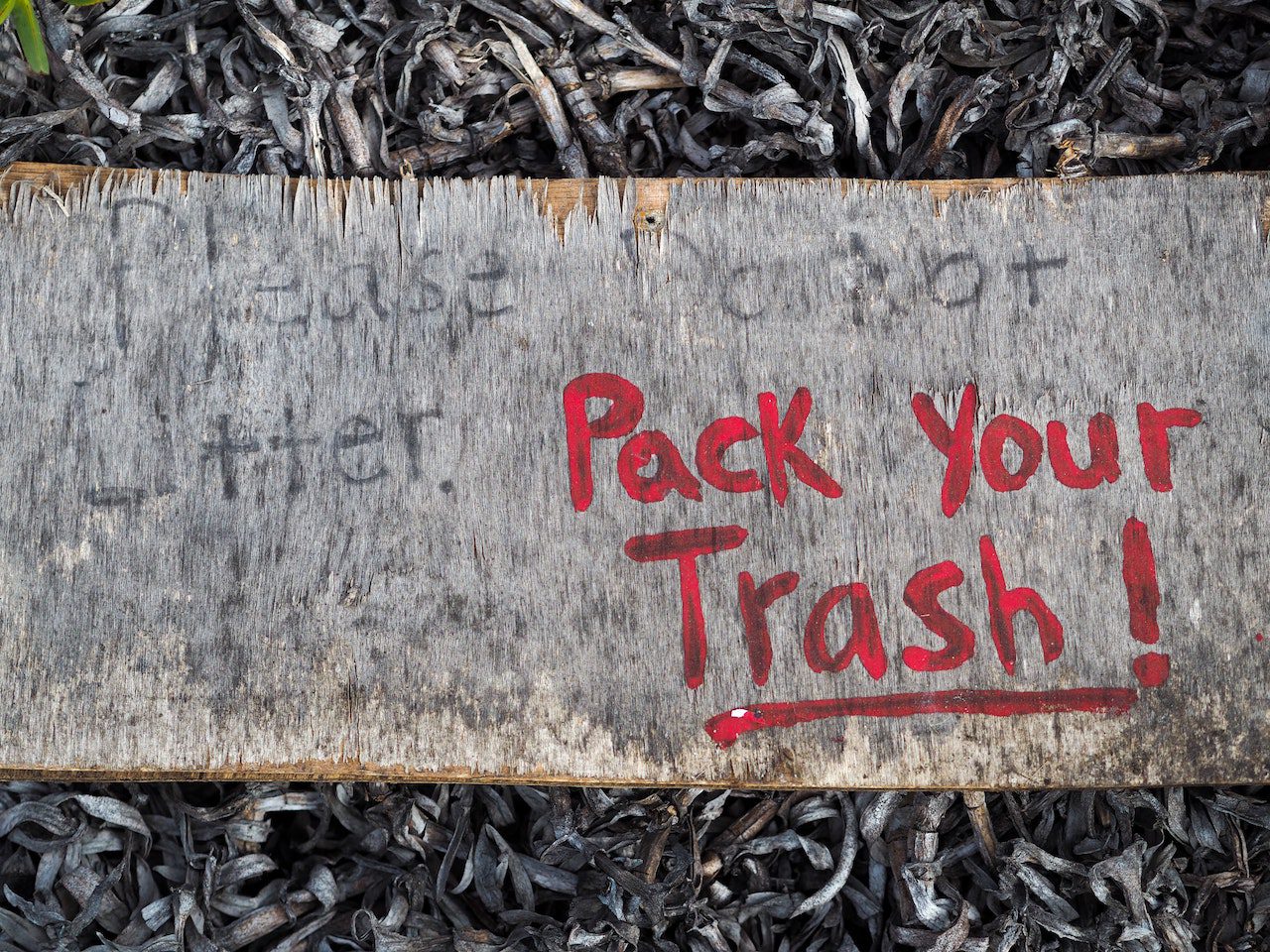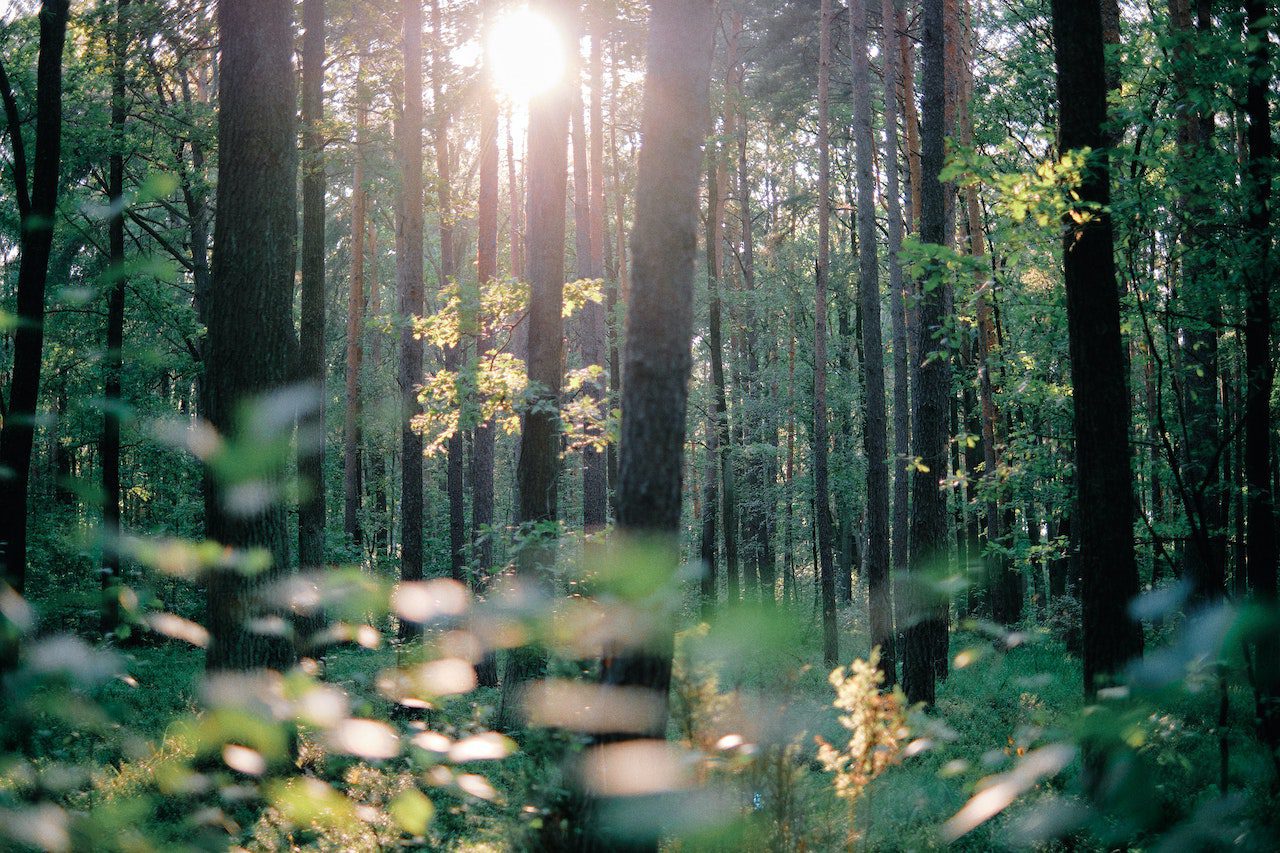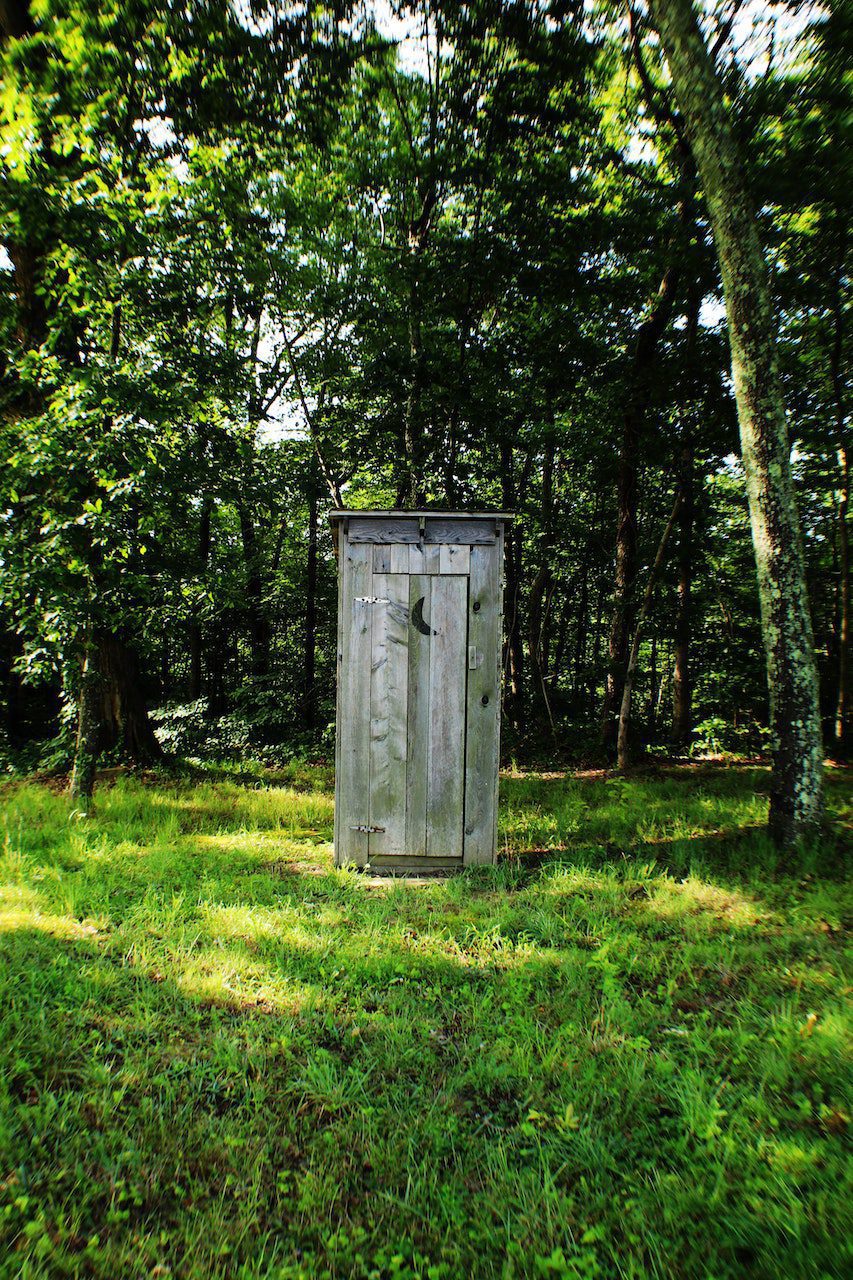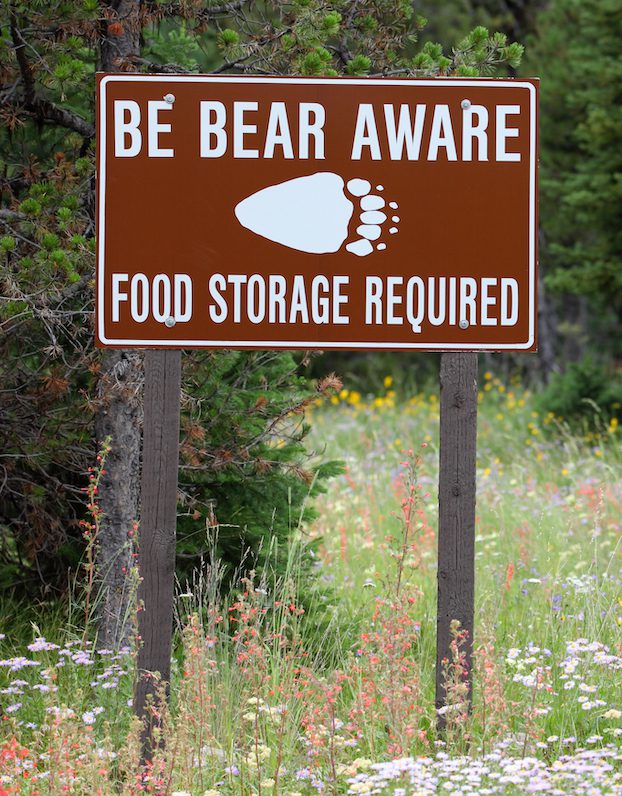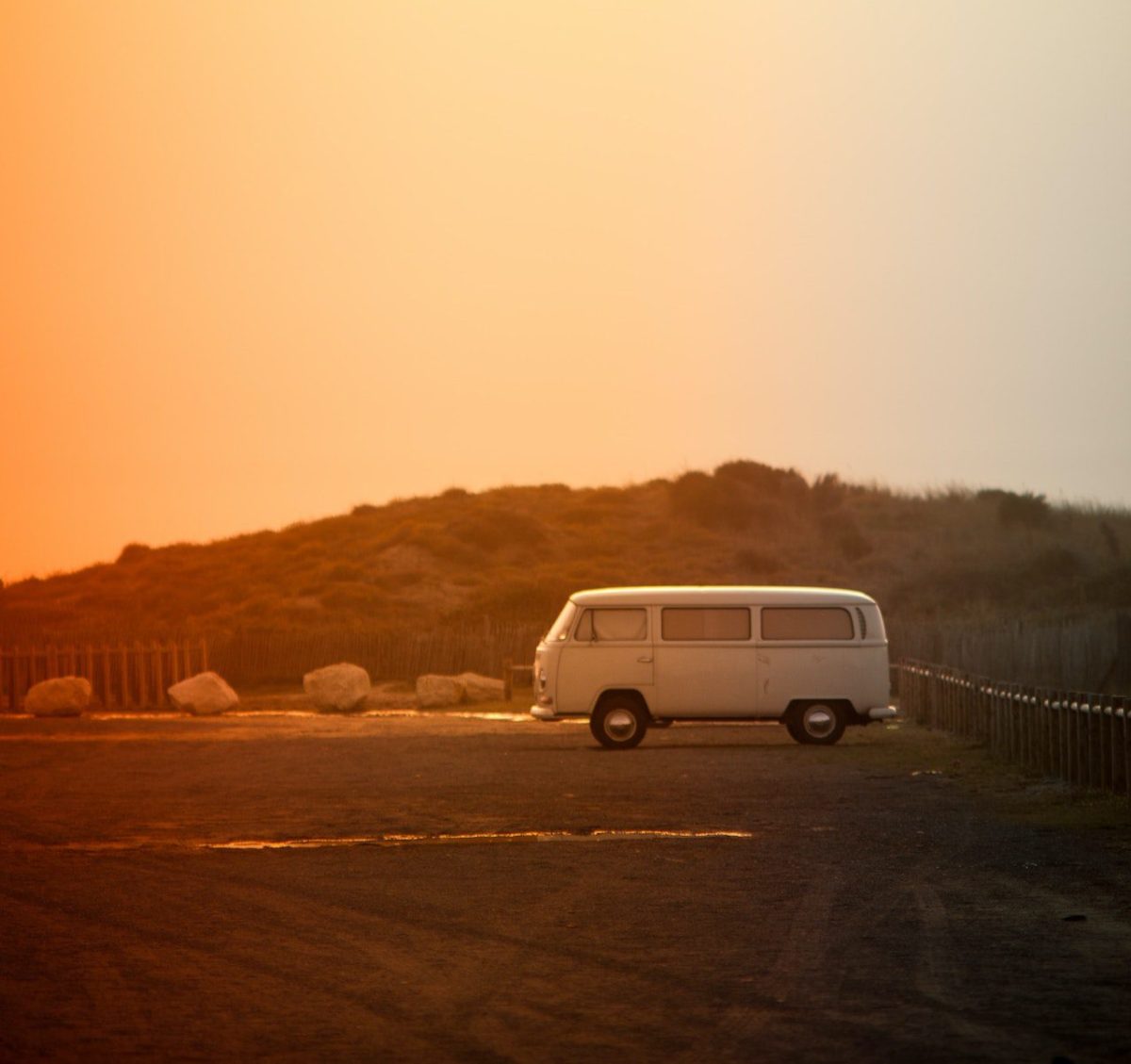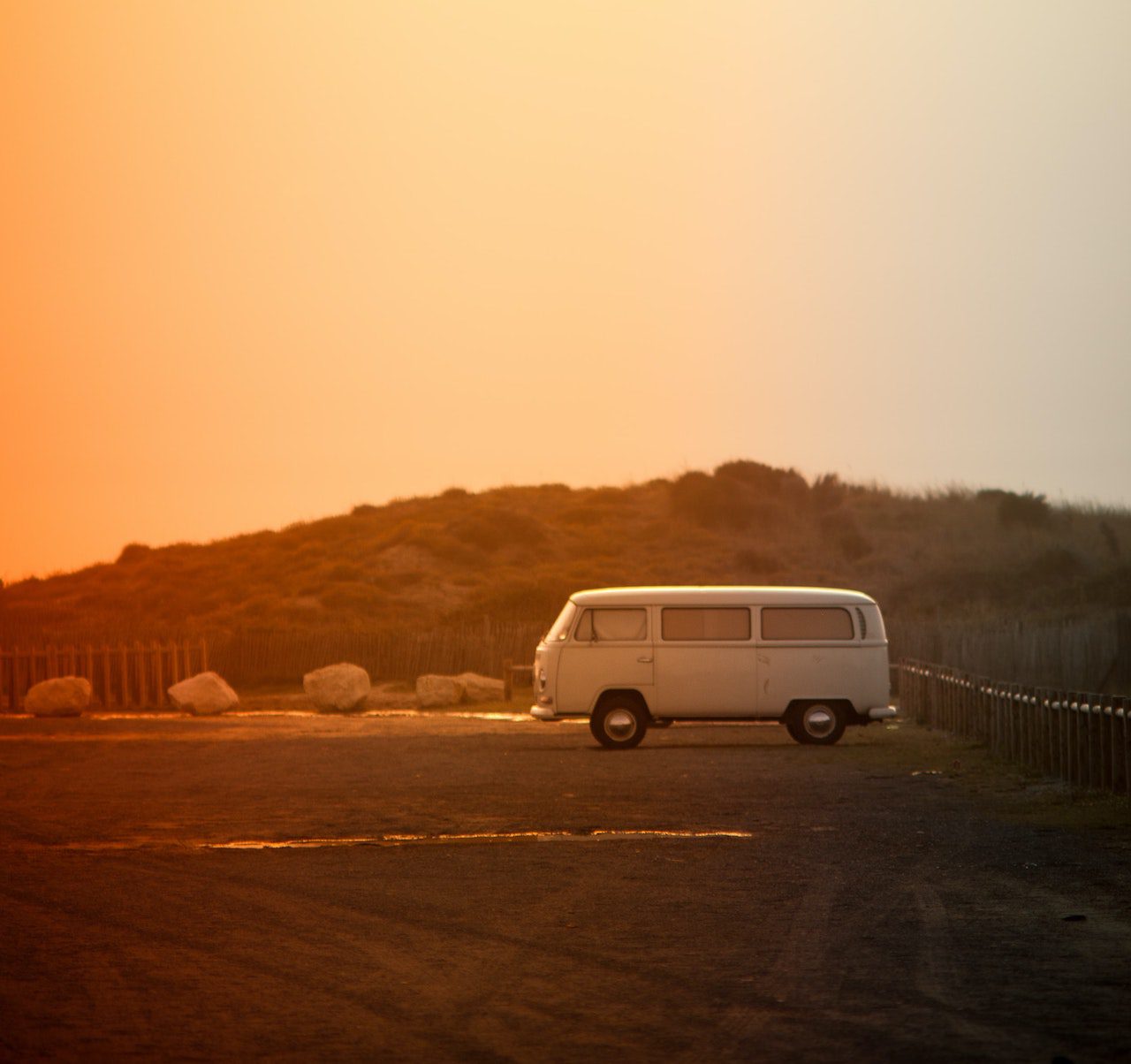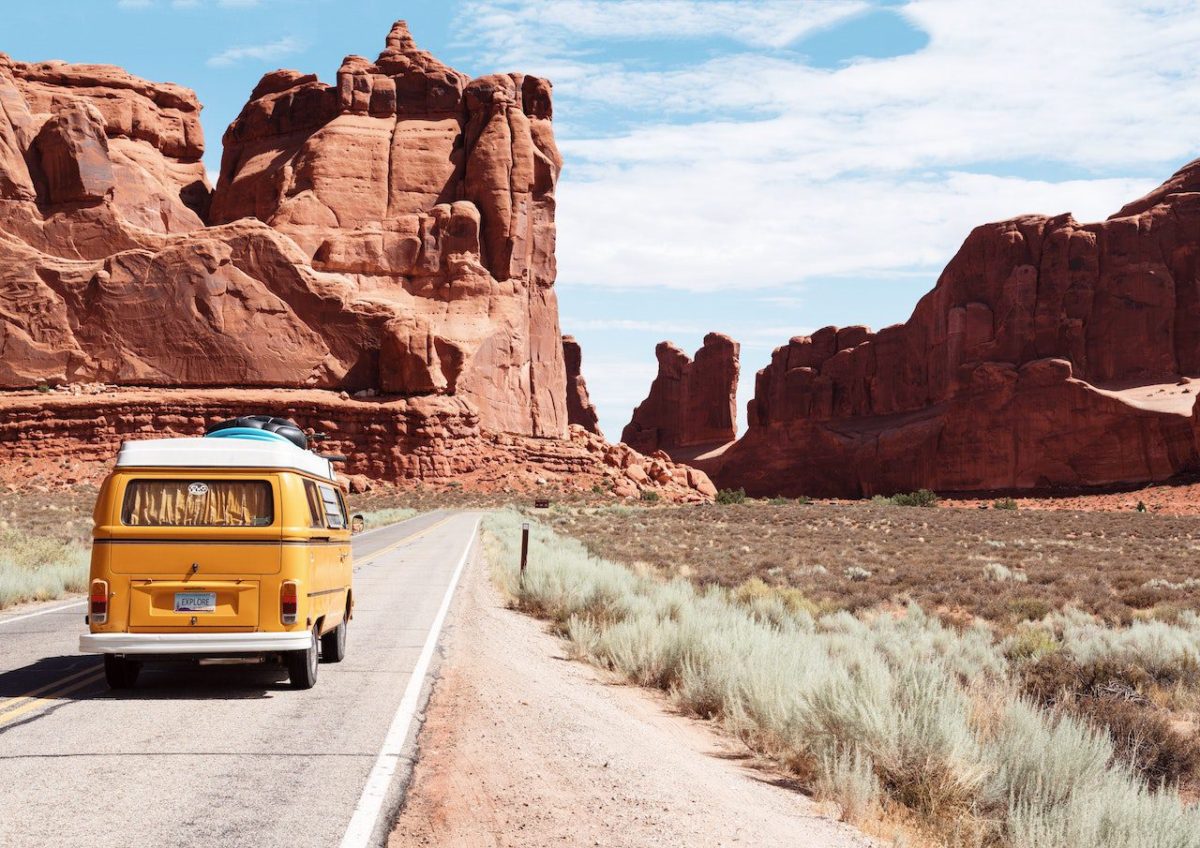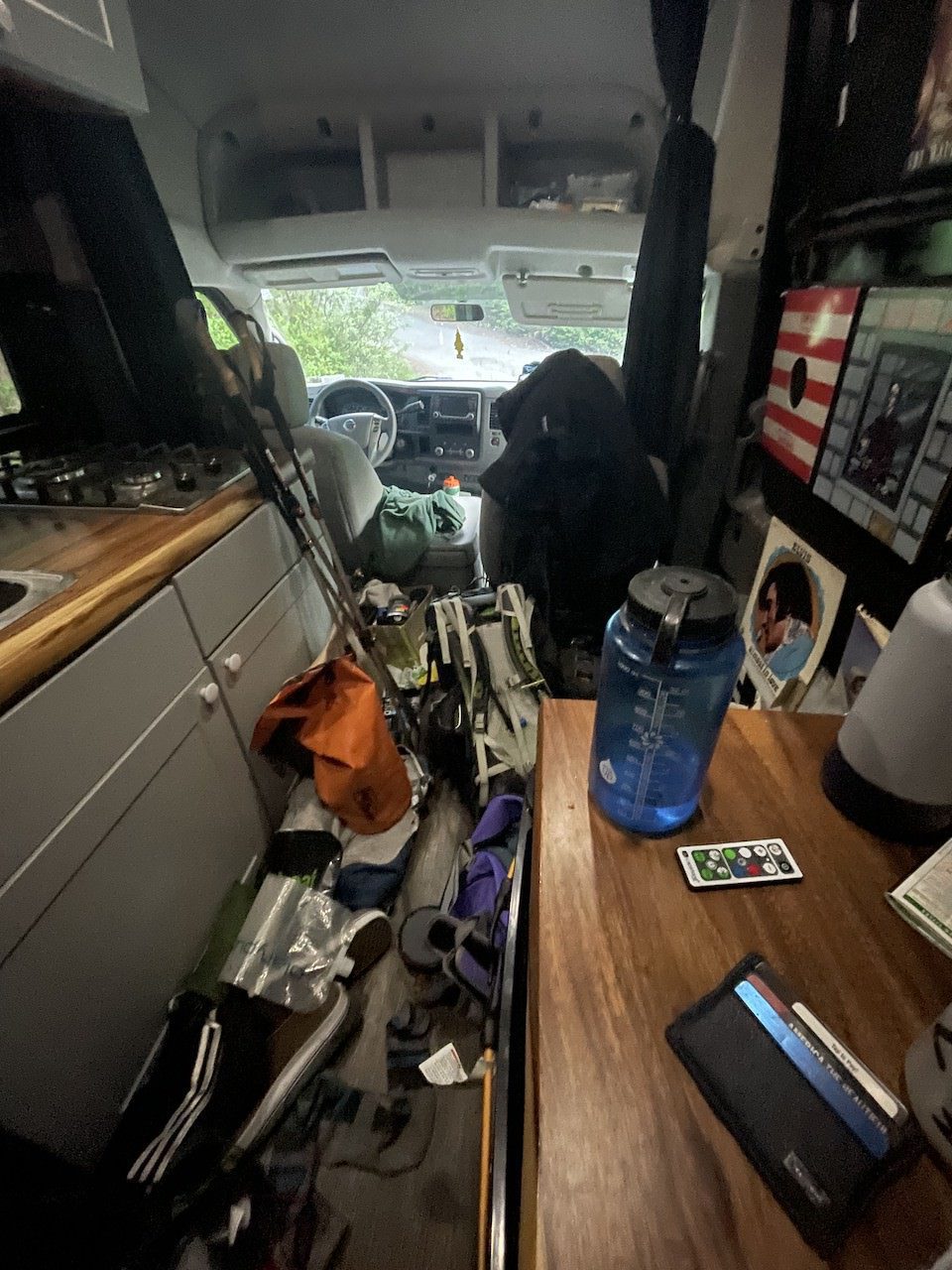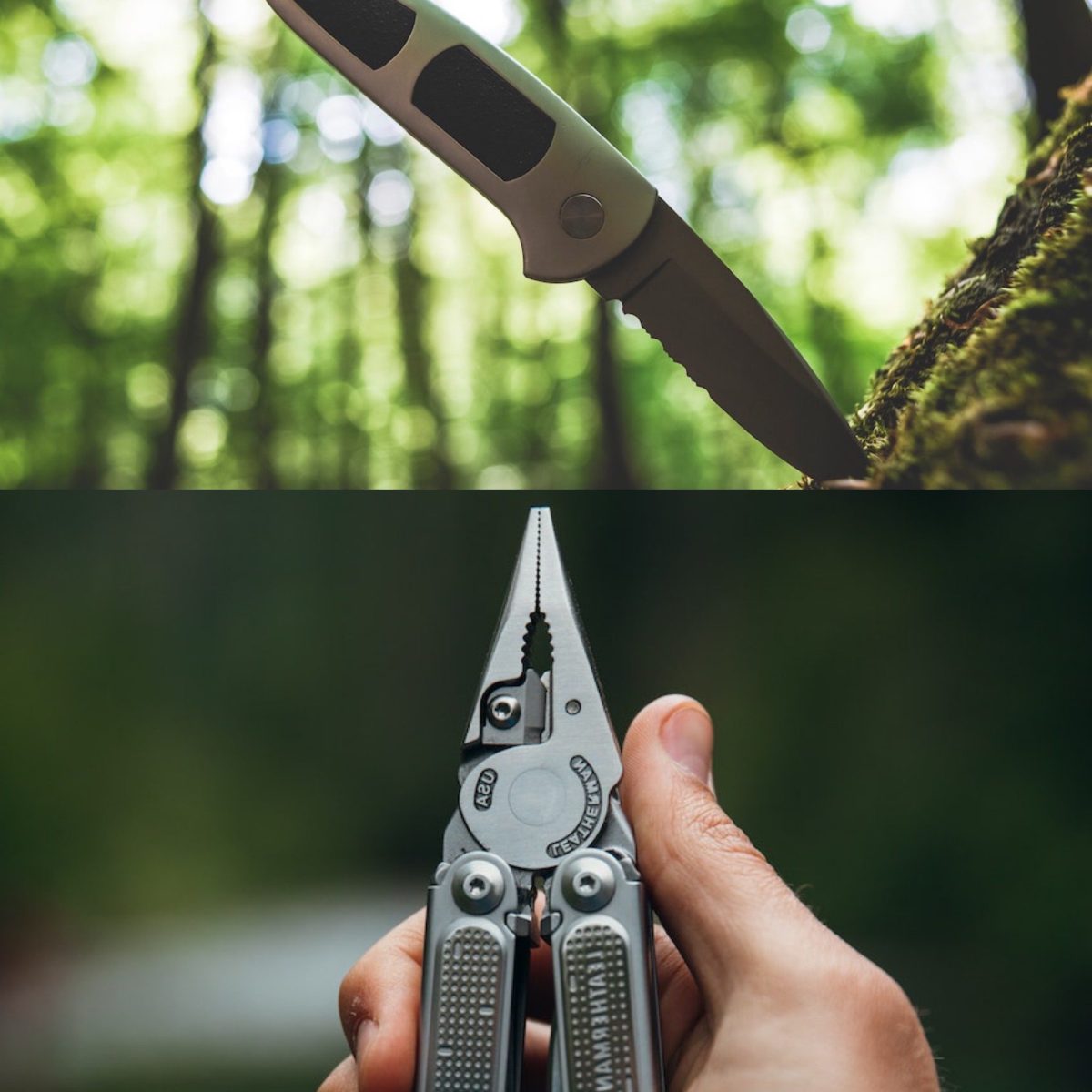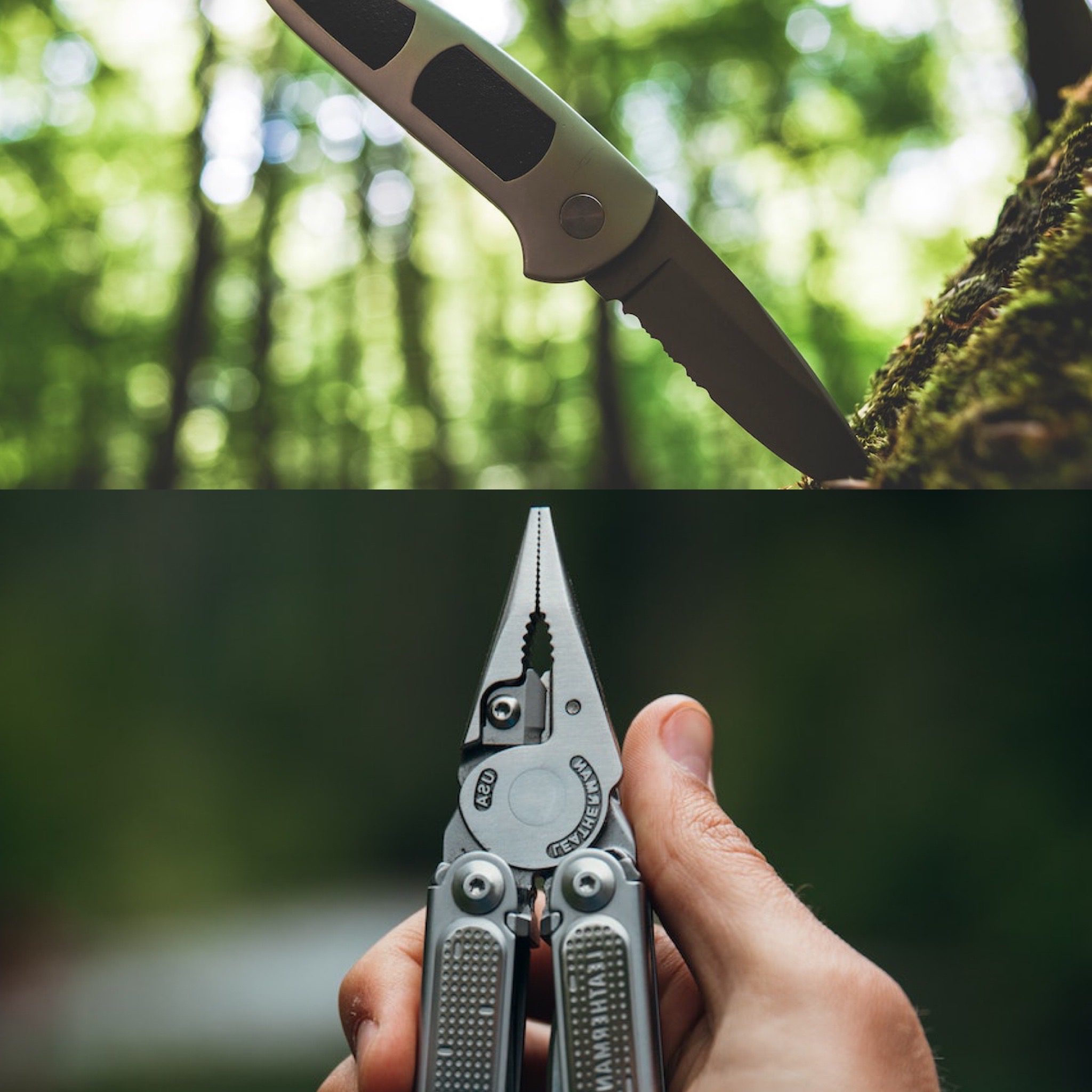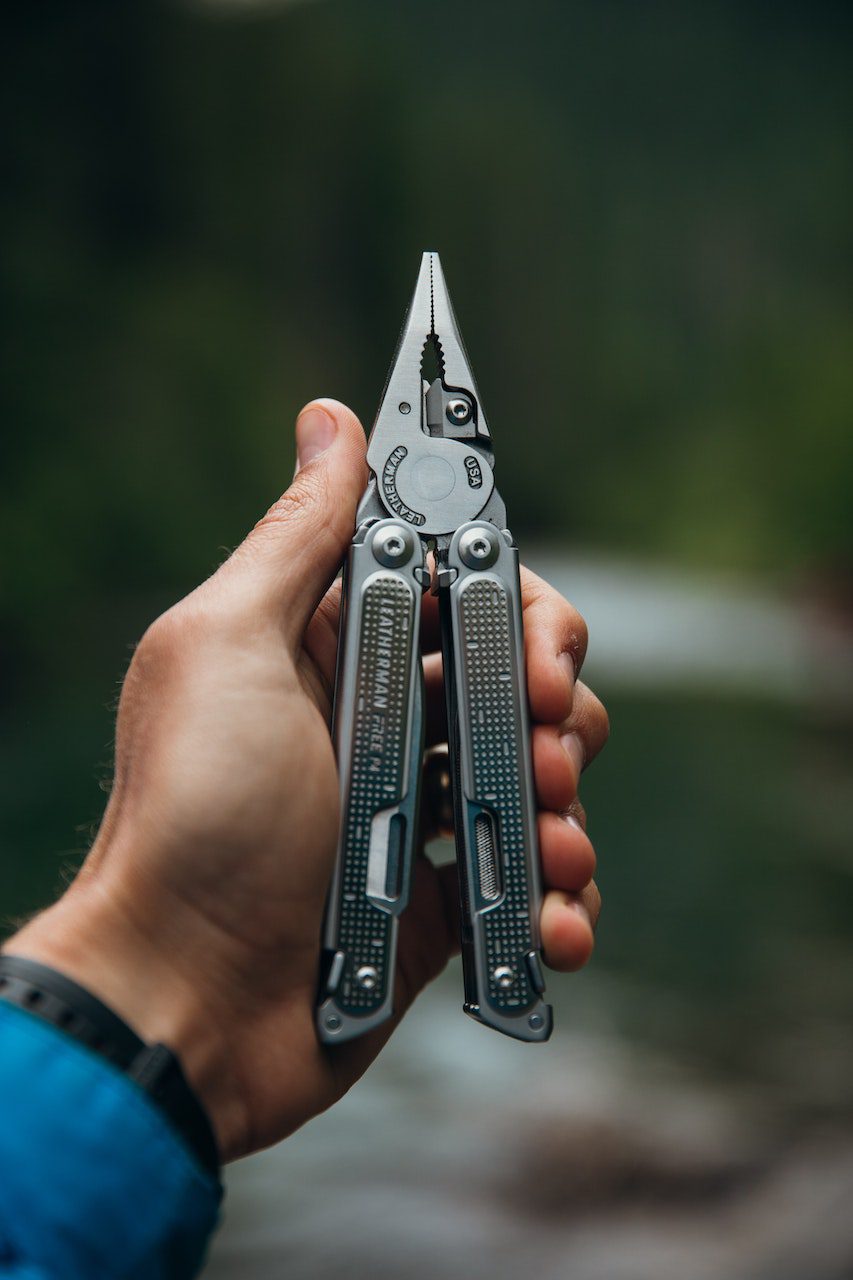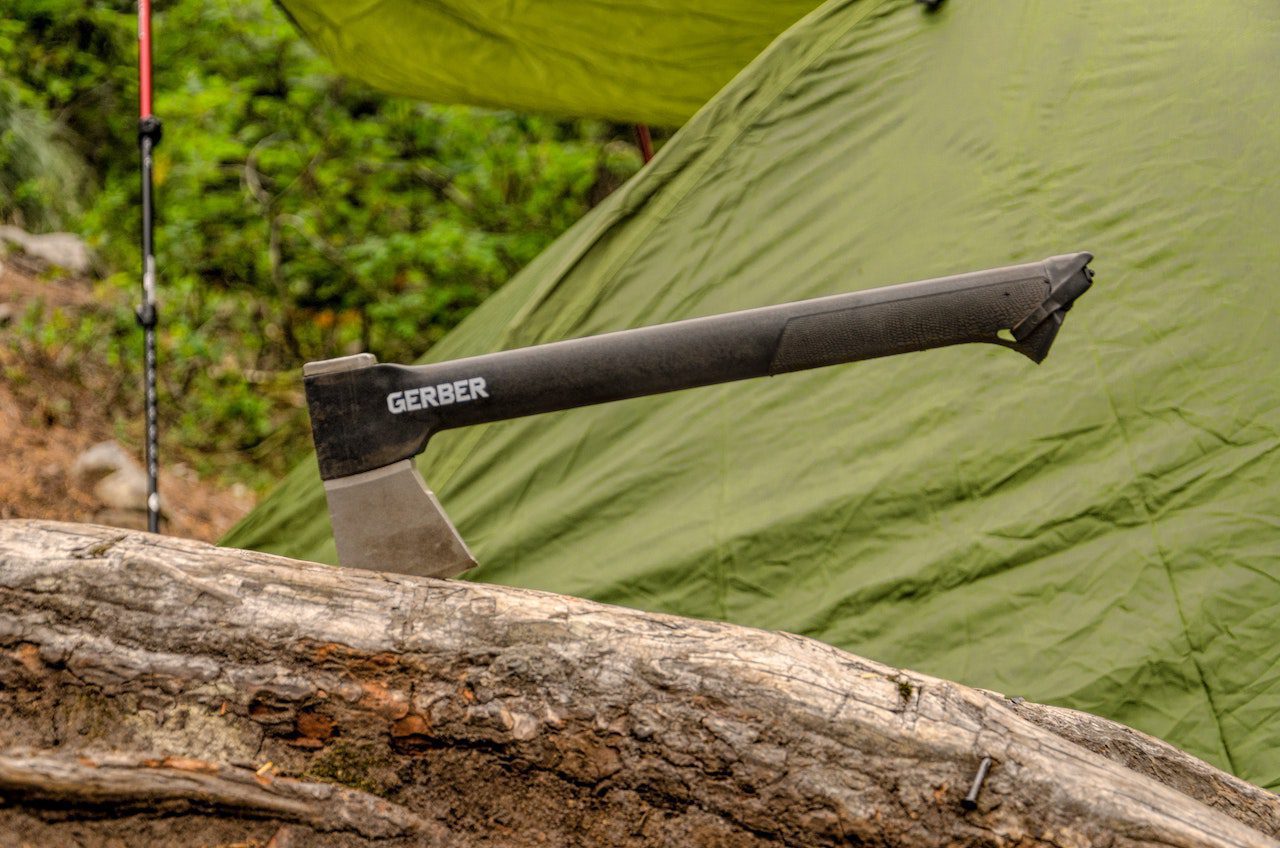Is Van Life Worth It? (2022)
There’s no doubt that van life is becoming more and more popular. More and more people seem to be ditching their traditional lives in favor of a simpler, nomadic existence.
But is van life worth it? Is it worth giving up the stability of a traditional job and home for the freedom of the open road?
The answer to this question depends on the individual. For me, van life was most certainly worth it. In this blog post, we’ll look at the pros and cons of van life and help you decide if it’s right for you!
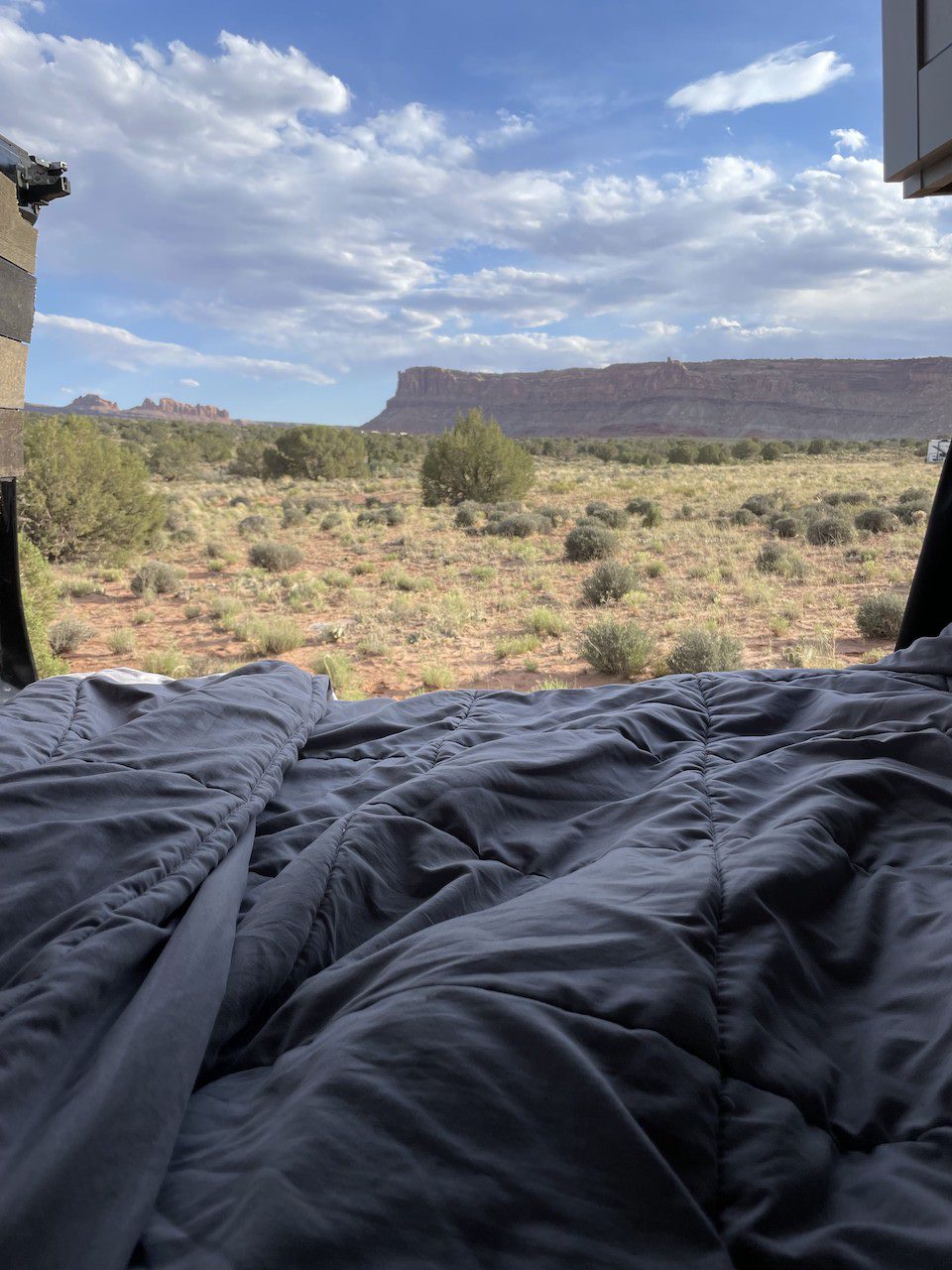
What Is Van Life?
Before we get into whether or not van life is worth it, let’s first take a look at what van life is.
In its simplest form, van life is about living in a van – duh! But there’s more to it than that. People who live the van life typically do so to pursue a more nomadic, minimalist lifestyle.
This means that they don’t have a traditional job or home – instead, they move around constantly, living in their van and working remotely (or not working at all).
Van lifers typically downsize their possessions considerably and live a simpler life. For many, the appeal of van life is the freedom it provides. They’re not tied down to one place and can go wherever they want, when they want.
Of course, this nomadic lifestyle isn’t for everyone. It takes a certain person to live comfortably in a van and deal with the tumultuous lifestyle that comes with it.
Pros Of Van Life:

Alright, now that we covered what van life is for you newbies out there, let’s take a look at some of the pros of this unique way of living.
#1. Great Way To Explore
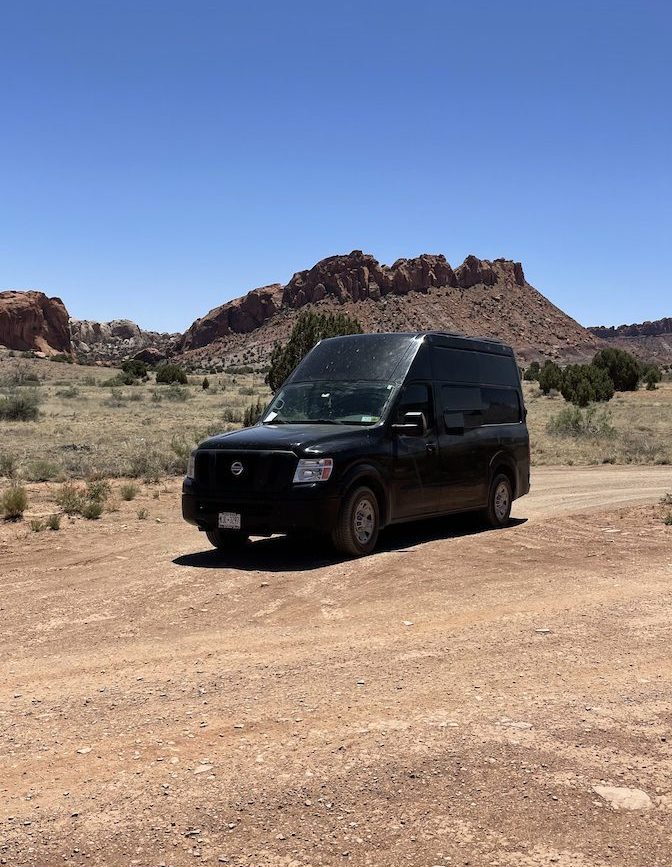
One of the biggest advantages of van life is that it allows you to live a nomadic lifestyle and explore the country/world with a great degree of flexibility. Since you have a home on wheels, you can stay as long as you want in an area to get all your exploring in, and when you feel like you have done it all and are ready to leave, you can do so at the drop of a hat.
This makes van life an excellent way for travel lovers to explore on their own terms without being tied down to one place.
#2. Meet Other Like-Minded People
There are not too many people who have the guts to leave it all behind to go out and live the van life. If you take the leap and join this community, you will inevitably like-minded people and forge beautiful friendships during your travels.
#3. Down-Size And Live A Simpler Life
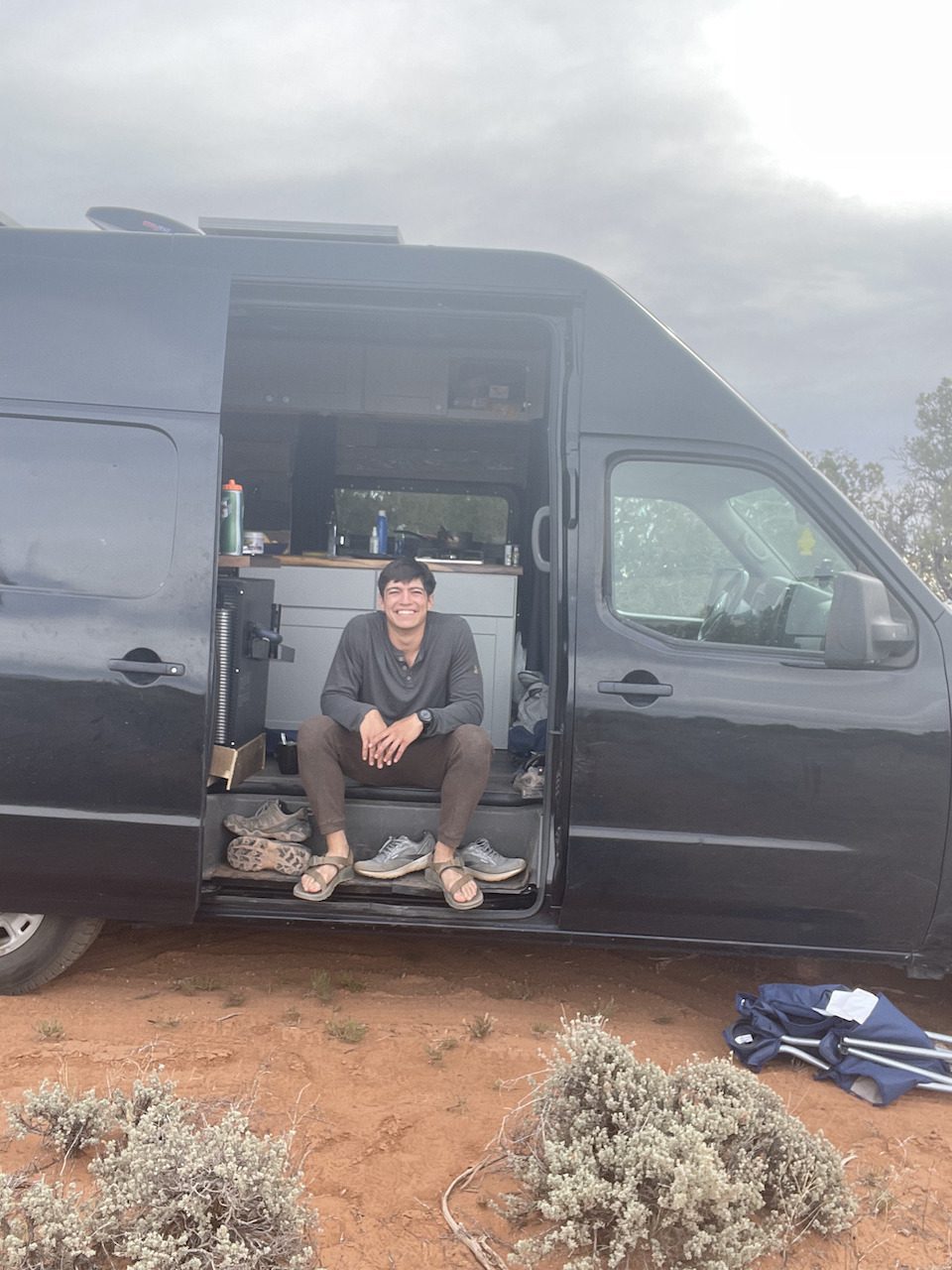
Van life allows you to live a simpler life in many respects. While life on the road comes with its own set of difficulties, you may find it more tranquil in many respects.
During van life, you can’t have all the worldly possessions you typically have in a standard home or apartment. Van life requires some heavy-duty downsizing which can help show that you don’t need the latest iPhone, Gucci belt, or 4K TV to be happy. During van life, you will likely find yourself treasuring relationships, experiences, and freedom more than your material possessions.
#4. Cheaper Lifestyle
Another benefit of van life is that it can be a much cheaper lifestyle than living in your typical home and apartment. A significant reason for this is that you are combing your rent and car payments into one! Also, if you have a sustainable van build, you won’t have to worry about paying for electricity.
Now take this with a grain of salt. If you are always going out to eat and are paying for all your campsite stays, the bills can rack up. But if you cook your meals and make it a point to only stay at free campsites, you can save a bunch of money!
The Cons Of Van Life

As I said, van life has its own set of difficulties, so let’s look at these and see if van life would be worth it for you.
#1. The Daily Logistics
The daily logistics of van life can become exhausting. Some of the things you need to think about on the day-to-day when van living include:
- Where will you park
- Where to shower
- Where to use the bathroom
- Where to refill your water
- Finding wifi to work
It is easy to get decision fatigue from all of this. You need to decide if you can deal with the uncertainty of every day. If this sounds terrible, van life may not be worth it for you.
#2. It Can Get Lonely
Another con of van life is that it can get lonely. I have been solo van living for the past four months and I would be lying if I haven’t experienced bouts of loneliness.
However, I will say that technology makes this way more manageable. If I am lonely or just looking to talk with someone, I can pick up my phone and give someone a call. But if you constantly need to be surrounded by friends, van life may be difficult for you from time to time.
#3. Breakdowns

Many van lifers have dealt with at one point or another. A van breakdown can be stressful and expensive, and it is a con you need to be aware of and know how to deal with when out on the road.
If you want to learn more about how to avoid van breakdowns on the road check out my article “How To Take Care Of Your Van During Van Life And Avoid Breakdowns?”
#4. Living In Tight Quarters
Living in a van can get tight (I know, shocker). This can be a difficult transition for those used to living in larger spaces and the creature comforts that come with living in a larger area.
But I would also say that the purpose of van life is to get out and explore different areas. If you are a homebody, van life may not be worth it.
How Do To Decide If Van Life Is Worth It For You?
No question about it, it takes a certain type of person for van life to be worth it but is that you? You need to take the above pros and cons and see how your personality would handle it.
If you are still on the fence about it, you can go out and rent a camper van for an extended vacation and see if it is something you enjoy! A popular van rental option out there is outdoorsy.com, where you can rent campervans or RVs. The best part about them is that they have locations all over the United States near many national parks!
I Hope This Was Helpful! If You Are A Current Or Former Van Lifer Was It Worth It For You?
This Was A Collaboration Post: Big thank you to travel in Scandinavia for their contribution!

